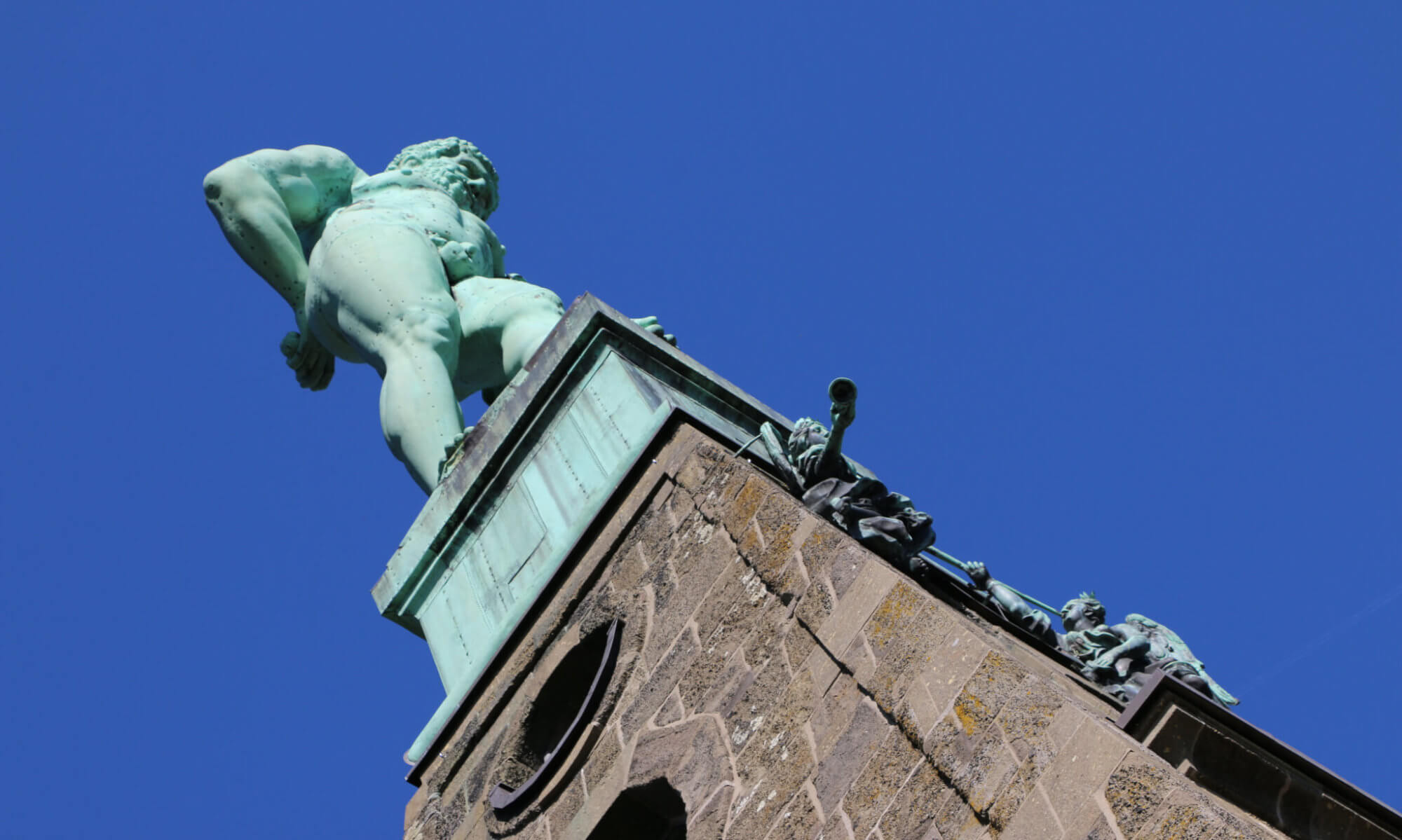The United Nations Educational, Scientific and Cultural Organization – or short UNESCO – maintains a list of places that are unique and important for the whole world. The goal is to preserve them for future generations. The World Heritage list divides into World Cultural Heritage and World Natural Heritage. UNESCO also lists the endangered sites on a red list and also revokes the status if people change them or if they are destroyed (e.g. by war). Countries can propose places for the list.
In 2018 the list contained 1092 places in 167 countries. 37 entries do not belong to one specific country and are transnational. At Germany there are currently 45 World Heritage sites; three of them are World Natural Heritage, six of them are transnational. The last addition was the Jewish heritage at Erfurt in 2023.
World Cultural Heritage at Germany
- Aachener Dom, Aachen

When in 1978 the UNESCO published the World Heritage Site list for the very first time there was only on entry from Germany: the Kaiserdom zu Aachen. It was created by the order of emperor Charlemagne from 795 on and it was part of his Kaiserpfalz at Aachen. Emperors by that time were continuously travelling and had different palaces in their territory. The most favorite palace of Charlemagne was at Aachen and you can still see that in the beauty of this cathedral. Read more…
- Dom zu Speyer, Speyer
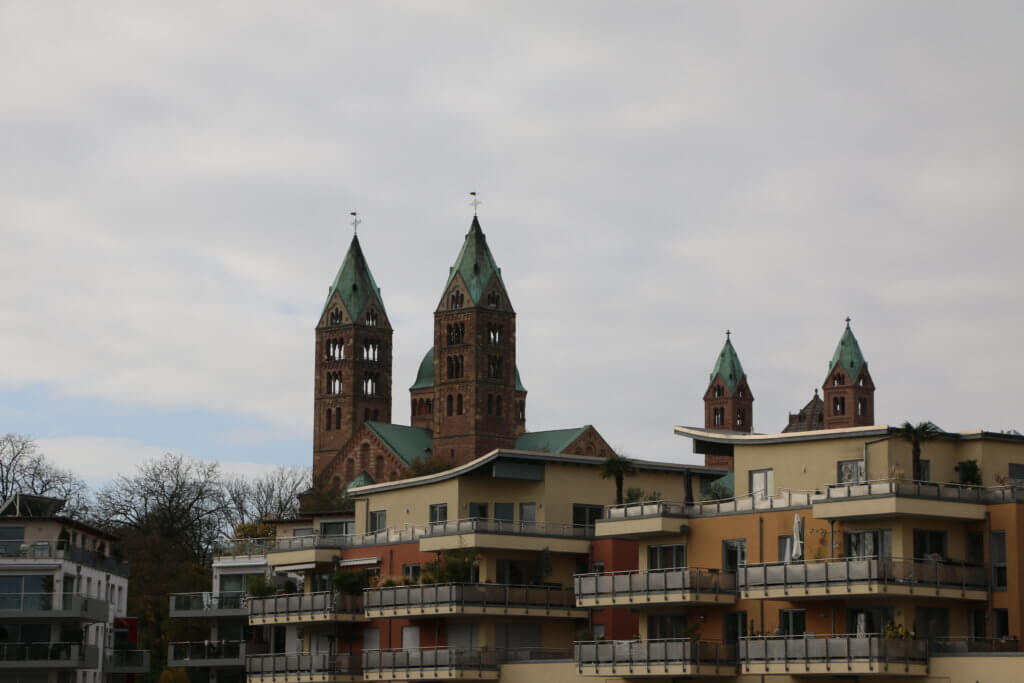
Driving to Speyer, Germany is always a bit magical: at first you see some trees in front of river Rhein and behind that only some high towers made of red sandstone. They belong to the cathedral of Speyer, the Speyrer Dom officially called Domkirche St. Maria und St. Stephan. It is a UNESCO world heritage site dating back to the year 1025 CE. Read more…
- Würzburger Residenz und Hofgarten, Würzburg
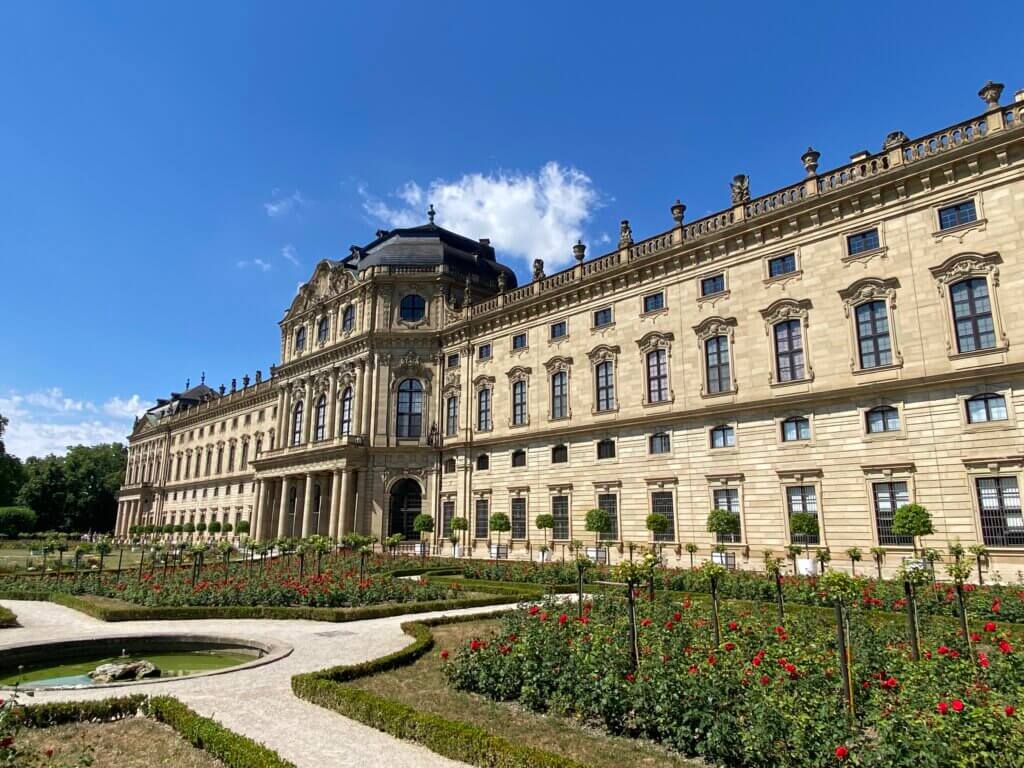
Some people like to show off using the size of their residence. The prince-bishops of Würzburg are not different and created the Residenz, a vast baroque style castle. Finished in 1781 it was altered multiple times but the original style was preserved. Read more…
- Wallfahrtskirche „Die Wies“, Steingaden
- Schlösser Augustusburg and Falkenlust, Brühl
- Dom and Michaeliskirche, Hildesheim
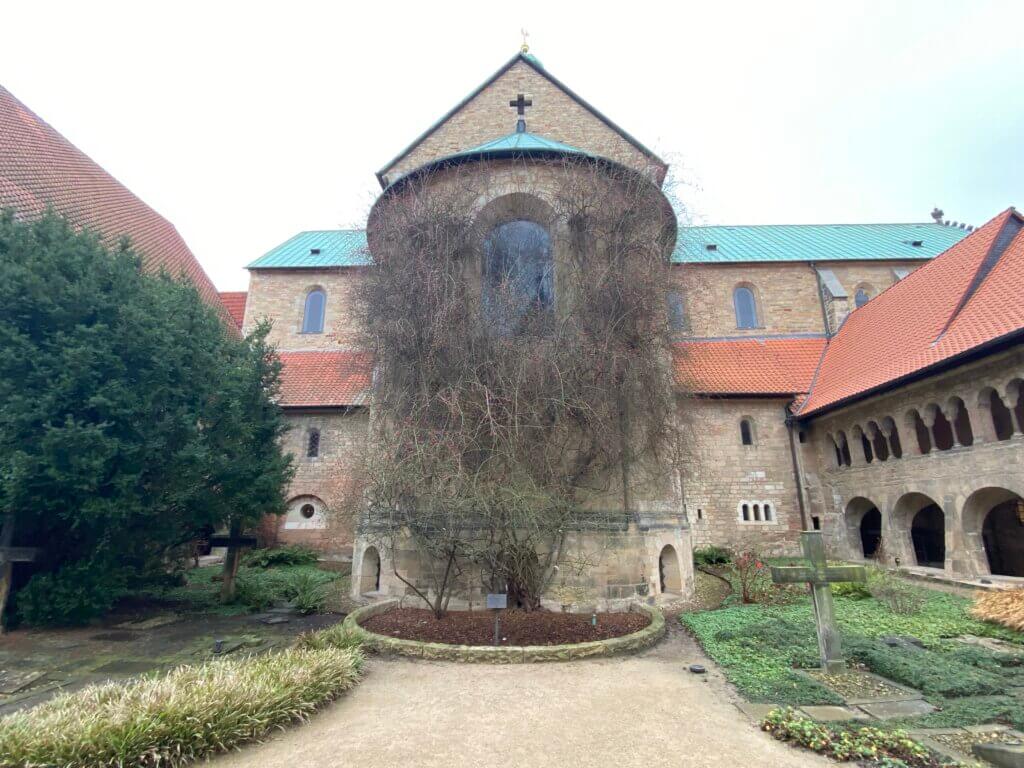
The icon of Hildesheim is the rose, a special one with an old myth creating its fame. It is said that in 815 CE emperor Louis the Pious was hunting in the region which later became Hildesheim. Read more…
- Römische Baudenkmäler, Dom und Liebfrauenkirche, Trier
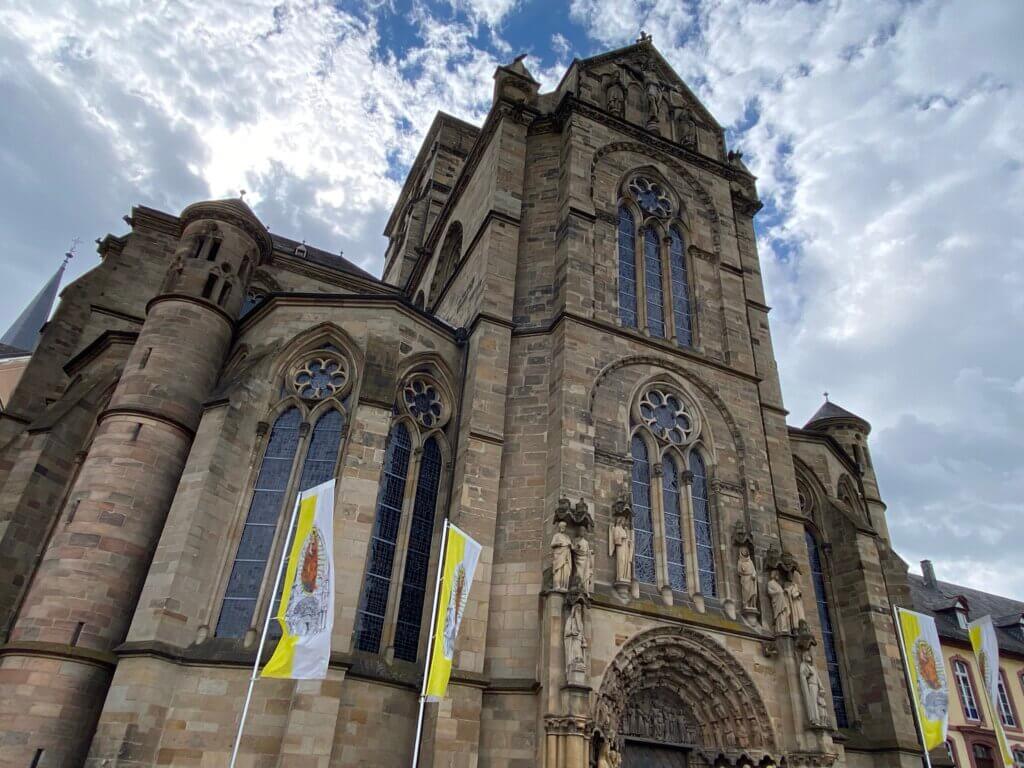
The Liebfrauenkirche of Trier is one of the oldest Gothic-style churches in Germany (together with the Elisabethkirche of Marburg). Therefore it is enlisted in the list of UNESCO world heritage sites and very well worth a visit! Read more…
- Hansestadt, Lübeck
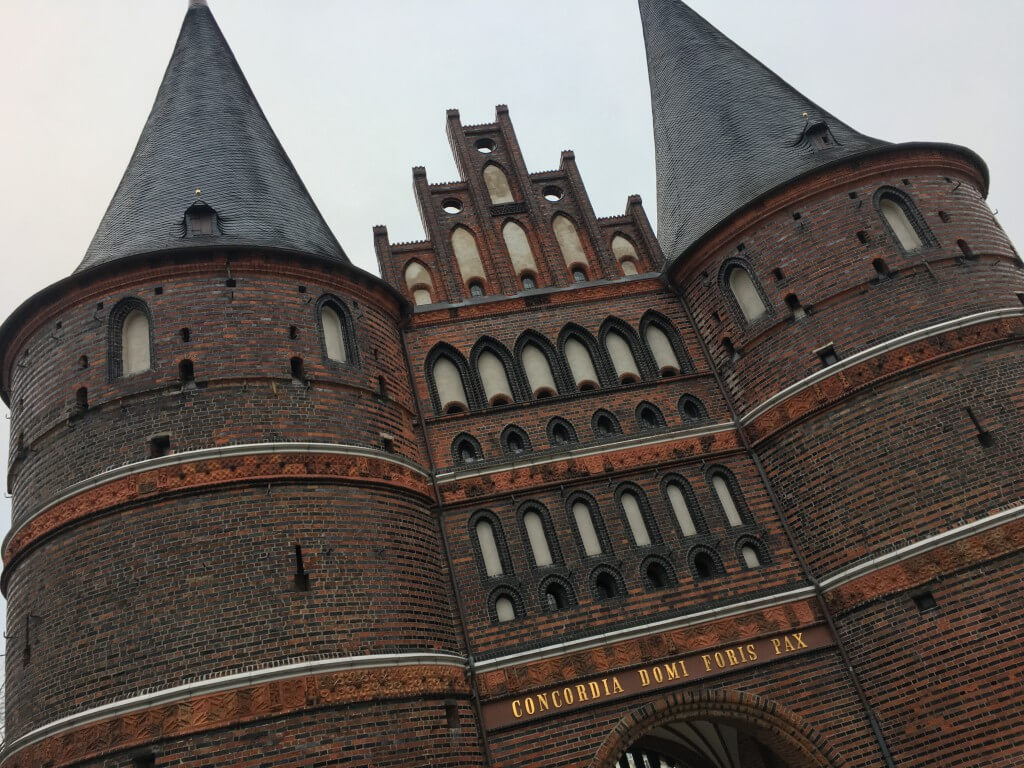
The city of Lübeck, Germany is a very old town that became rich by trading goods. The old city center which looks like an island and is surrounded by arms of the river Trave became a UNESCO world heritage site in 1987. Famous is also a small town belonging to Lübeck: Travemünde. It is a well-known beach with a very high and ugly hotel complex directly at the shore. Read more…
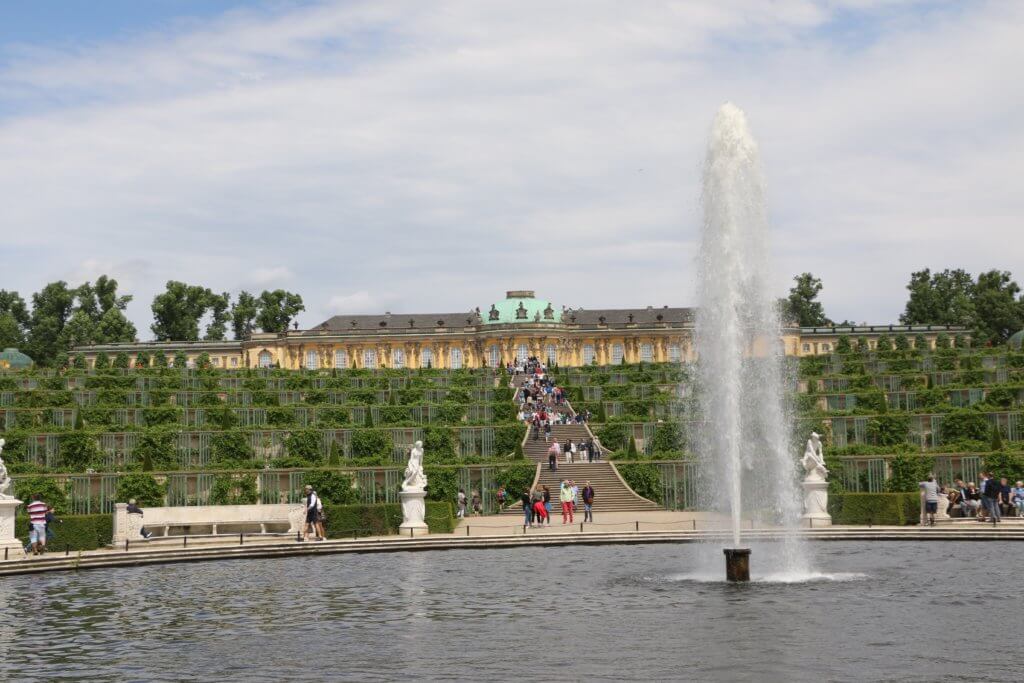
The castle of Sanssouci is one of the best-known castles in Germany and located within the Park Sanssouci of Potsdam, Germany. It belonged to the house of Hohenzollern and the first buildings where created between 1745 and 1747 by the order of Frederick the Great in rococo style. It was extended in 1841 under Frederick William IV of Prussia and since 1990 the castle is a UNESCO world heritage site. Read more…
- Kloster Lorsch, Lorsch
- Bergwerk Rammelsberg, Altstadt and Oberharzer Wasserregal, Goslar
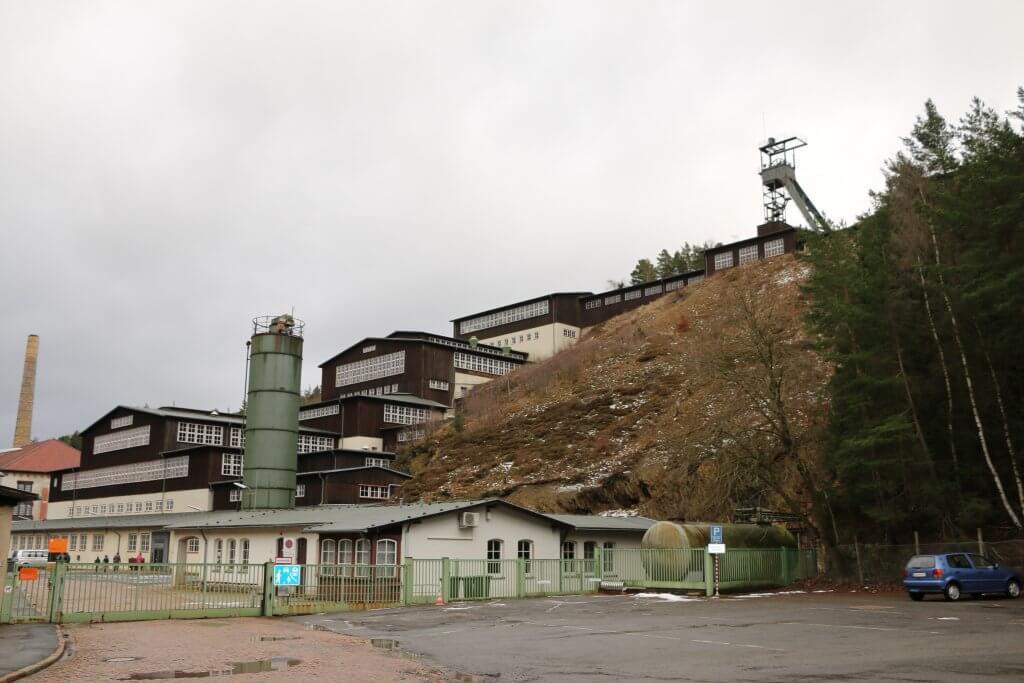
The Rammelsberg is a mountain close to Goslar, Germany containing an ore mine that is a UNESCO world heritage site. It is important because at this place mining was done continuously for 1000 years until 1988. The legend says that a knight called Ramm stopped here with his horse and the horse scratched the ground and found the ore. Therefore the mountain has been named after the knight. Read more…
- Altstadt, Bamberg
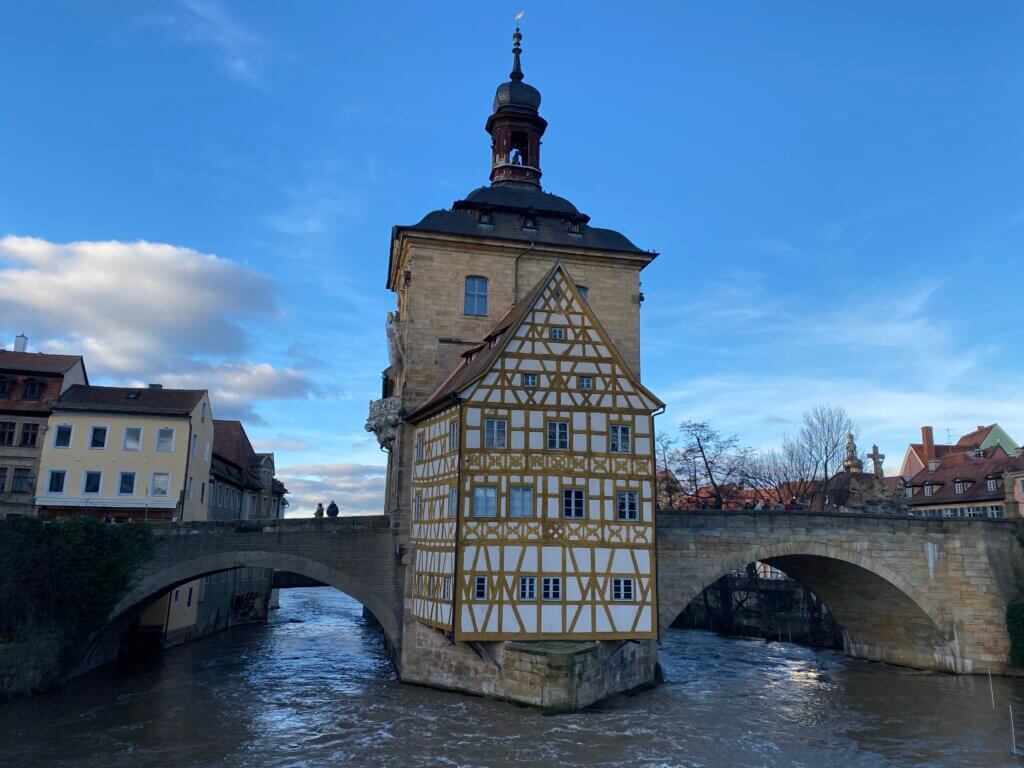
What is the most important icon of Bamberg? There is only one correct answer: it is the old town hall building (Altes Rathaus) built on posts within the river Regnitz. Not only tourist books use this place is the one and only image of the city. Read more…
- Klosteranlage Maulbronn, Maulbronn
- Stiftskirche, Schloss, Altstadt, Quedlinburg
- Völklinger Hütte, Völklingen
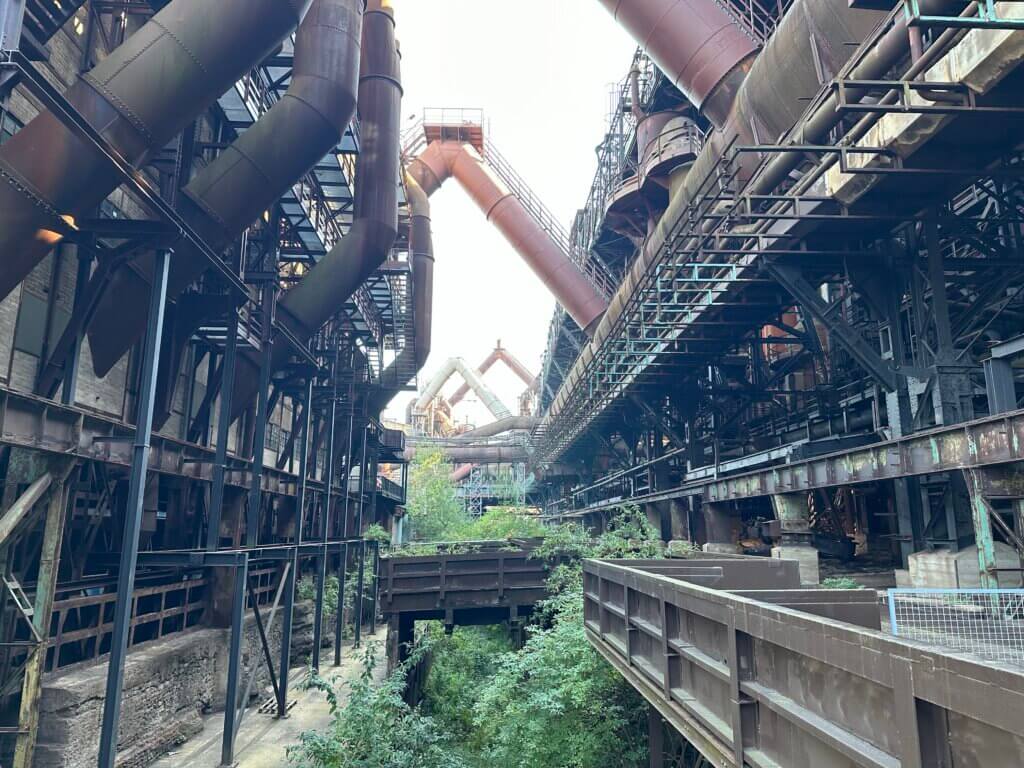
If you’re interested in industrial heritage you need to visit the Saarland, close to France and Luxembourg. At Völklingen, west of the capital city Saarbrücken, you can discover the historic iron works Völklinger Hütte – an impressive UNESCO world heritage site. It was founded in 1873 and produced iron using continuously improved techniques until 1986. Many parts like the Eisenschrägaufzug (transporting the iron 27 meters up into the melting ovens) date back to the 1910s. And already when you’re standing at the railway station of Völklingen you’re overwhelmed by the vast size of this former factory. Read more…
- Grube Messel, Messel
- Kölner Dom, Köln
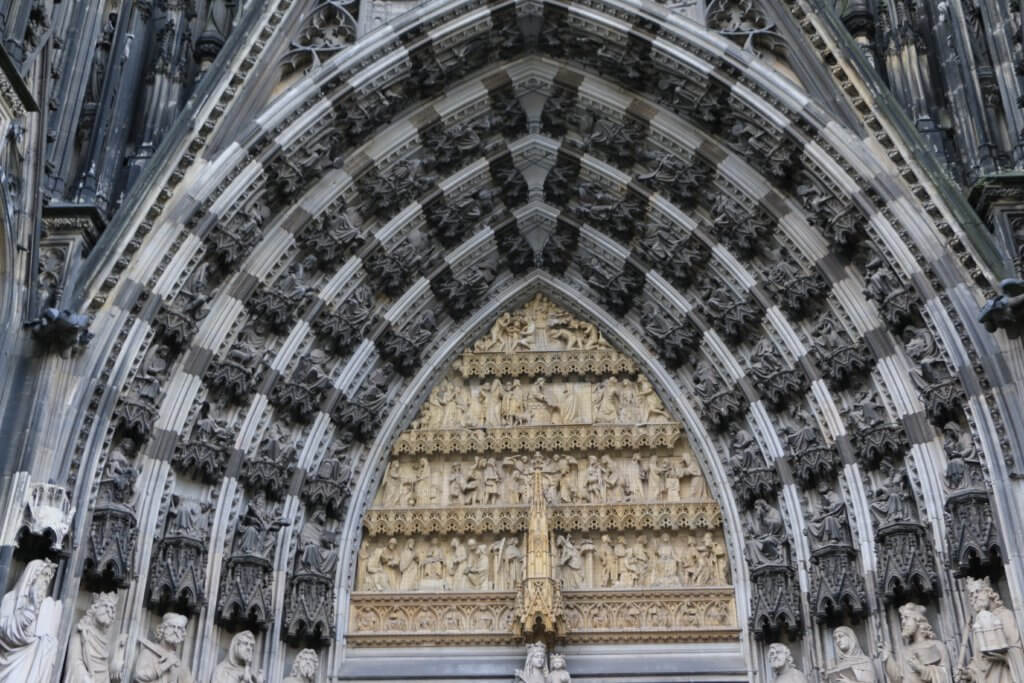
The cathedral of Köln, Germany – known as the Kölner Dom or Hohe Domkirche Sankt Petrus – is a Roman-Catholic church under the protection of Apostle Petrus. It is a UNESCO world heritage site and after the Ulmer Münster the second highest religious building in Germany, number three worldwide. It is 157 meters high and was built from the year 1248 CE on. Read more…
- Bauhaus, Weimar, Dessau, Bernau
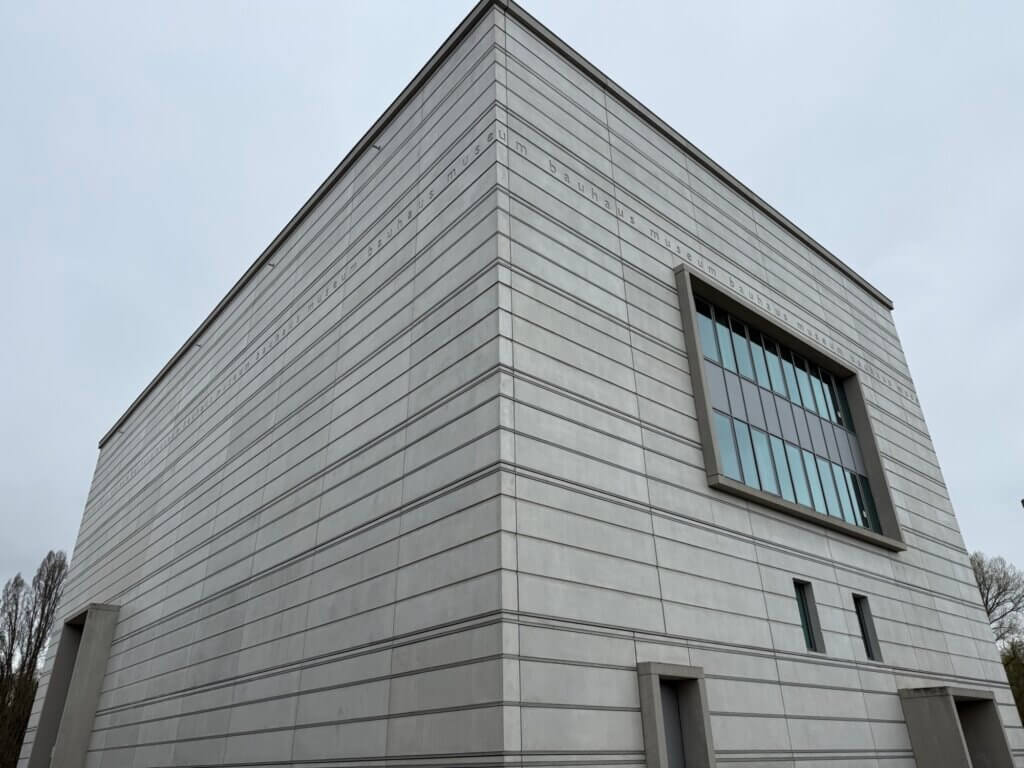
Bauhaus was founded in 1919 in Weimar by architect Walter Gropius. Its goal was to unite art, craft, and technology into a new, modern approach to design and living. The school became a hub for avant-garde thinkers and creators, attracting visionary teachers and students. Read more…
- Luthergedenkstätten, Eisleben, Wittenberg
- City, Weimar
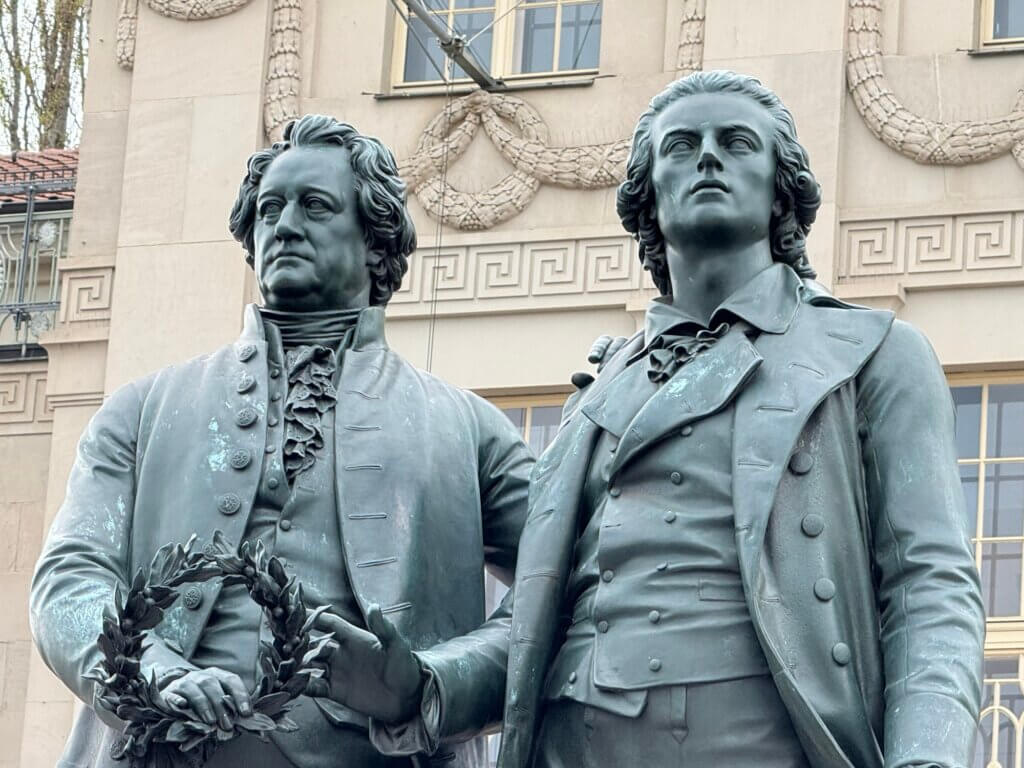
Weimar is a city in the German state of Thuringia, situated along the river Ilm. With a population of around 65,000, Weimar is renowned for its rich cultural heritage and its pivotal role in German and European history. The city’s origins trace back to at least the 10th century, and it developed around a medieval castle and early churches. Read more…
- Museumsinsel, Berlin
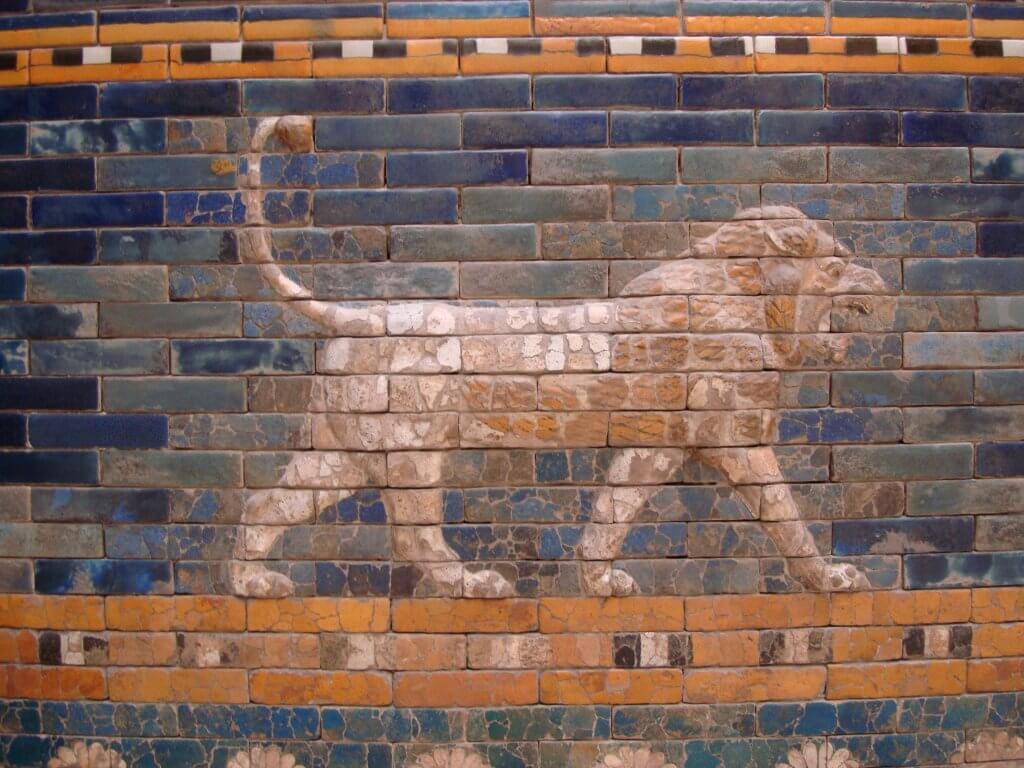
The museum island at Berlin is a collection of important museums at one place. This includes the Altes Museum, Neues Museum, Alte Nationalgalerie, Bode-Museum and Pergamonmuseum.
The Altes Museum (old museum) is an art museum on the museum island of Berlin, Germany – close to the Berliner Dom. It was built by Karl Friedrich Schinkel until 1830 and was then named Neues Museum (new museum), later Königliches Museum. Read more…
The Alte Nationalgalerie (Old national gallery) is part of the museum island in the heart of Berlin, Germany. It has been constructed in 1867 and houses works of the Impressionism, Neoclassicism, Romanticism and of the Biedermeier period. During World War II the building was bombed and it is unclear, which works were destroyed or taken to the Sovjet union as looted art. Read more…
The Bode-Museum on the museum island of Berlin, Germany is an archaeological museum exhibiting sculptures, Byzantine art and a coin collection. It was opened in 1904 as the Kaiser-Friedrich-Museum. Read more…
The Pergamon-Museum is an archaeological museum on the museum island in Berlin, Germany. It was planed in 1907 and built until 1930 for the famous Pergamon altar which was brought to Berlin and is still on display here. Read more…
- Wartburg, Eisenach
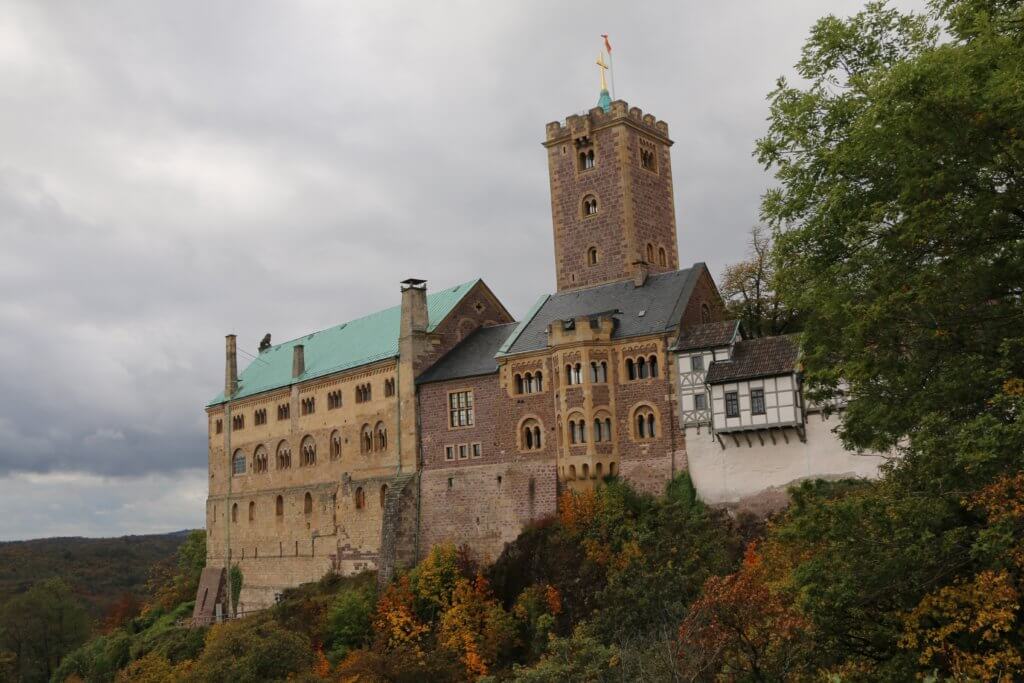
High above Eisenach, Germany you can find a wonderful castle that played an important role in German history: the Wartburg. It was created in the year 1067 CE and is well known as the place where Martin Luther translated the New Testament of the bible from Latin to German between 1521-1522 (using the pseudonym ‘Junker Jörg‘ to hide away). Read more…
- Gartenreich Dessau-Wörlitz, Dessau
- Klosterinsel Reichenau, Konstanz
- Zeche Zollverein, Essen
- Old city centres Stralsund, Wismar
- Rathaus und Roland, Bremen
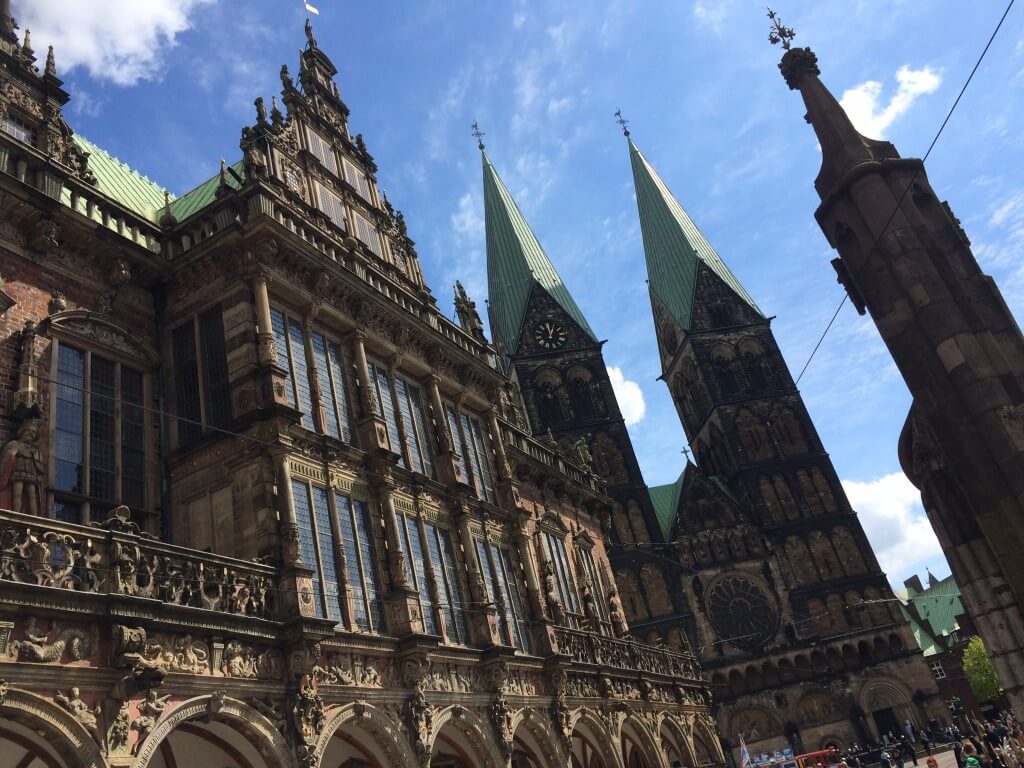
I’ve seen many town halls in the past but the one at Bremen, Germany is one of the most beautiful. It is richly decorated outside as well as inside and is one of the most important buildings of the Weser renaissance and gothic styles. It was built between 1405 and 1410 as a replacement for the former town hall in romanesque style (built before the 1220s). Together with the Roland it is now a UNESCO World Heritage site. Read more…
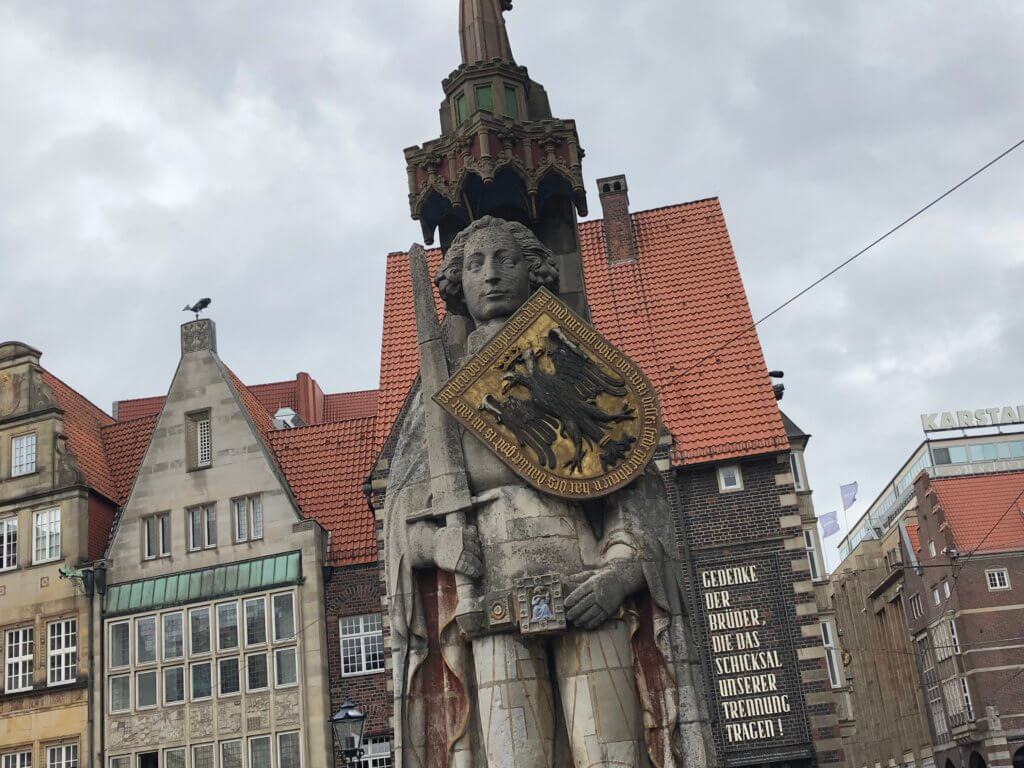
The statue of Roland on the market place of Bremen, Germany is one of the town’s landmarks. It is more than five meters high and together with its platform and decorations it reaches a height of more than 10 meters, making it the biggest free-standing statue of medieval times in Germany. The statue shows military leader Roland who guarantees the city its freedom and rights. Read more…
- Muskauer Park, Bad Muskau
- Obergermanisch-Raetischer Limes
- Altstadt, Regensburg
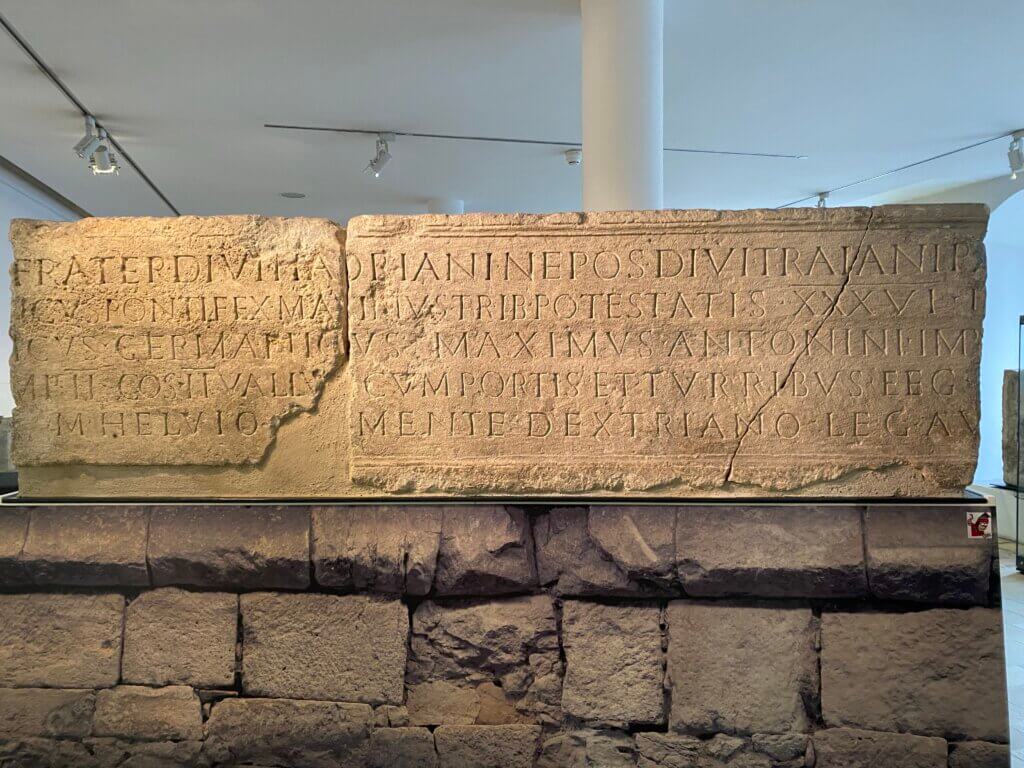
When you’re walking through Regensburg you might not notice that the city is of Roman origin, but the traces are there and easy to find. In 179 CE the Romans created a fortification close to the rivers Regen and Donau. The Castra Regina was home to the third Italian legion and protected the Upper Germanic-Rhaetian Limes which was in this area the river Donau. On the other side of the river Germanic people were living and had continuous conflicts with the Romans. Read more…
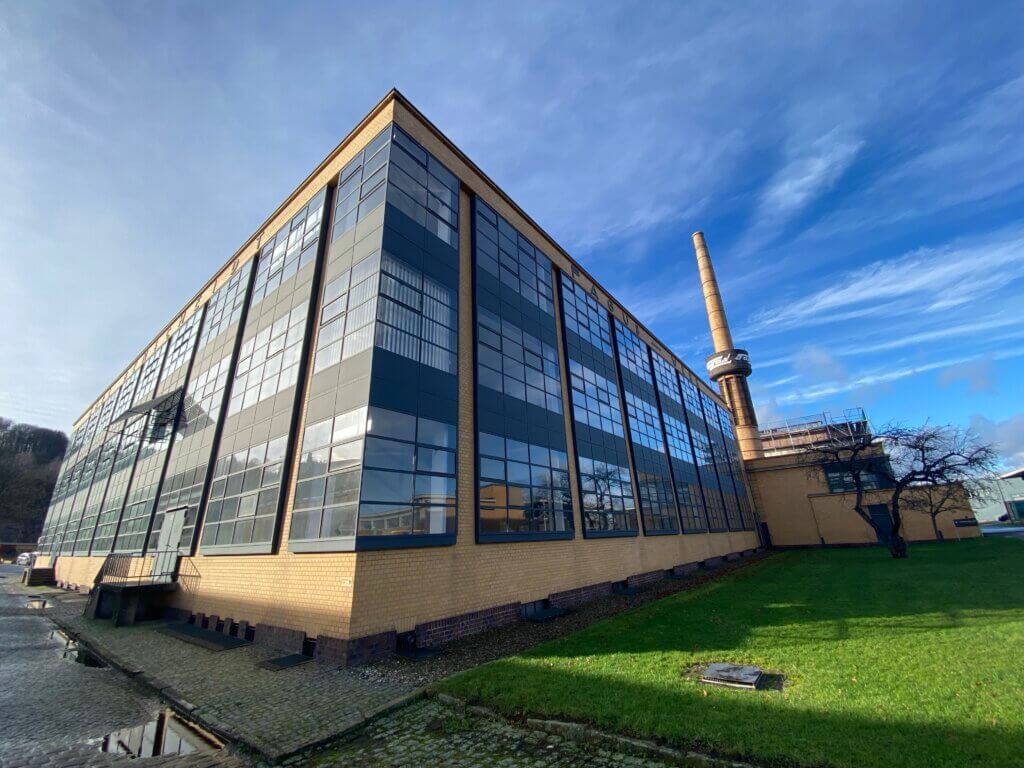
We’re all used to modern buildings made of steel and glass. But where was the first of these buildings standing? At New York? At Frankfurt? At Singapore? No, it was built in 1911 in rural Lower Saxony, in a small town named Alfeld an der Leine. Why is that? Read more…
- Prähistorische Pfahlbauten, Unteruhldingen
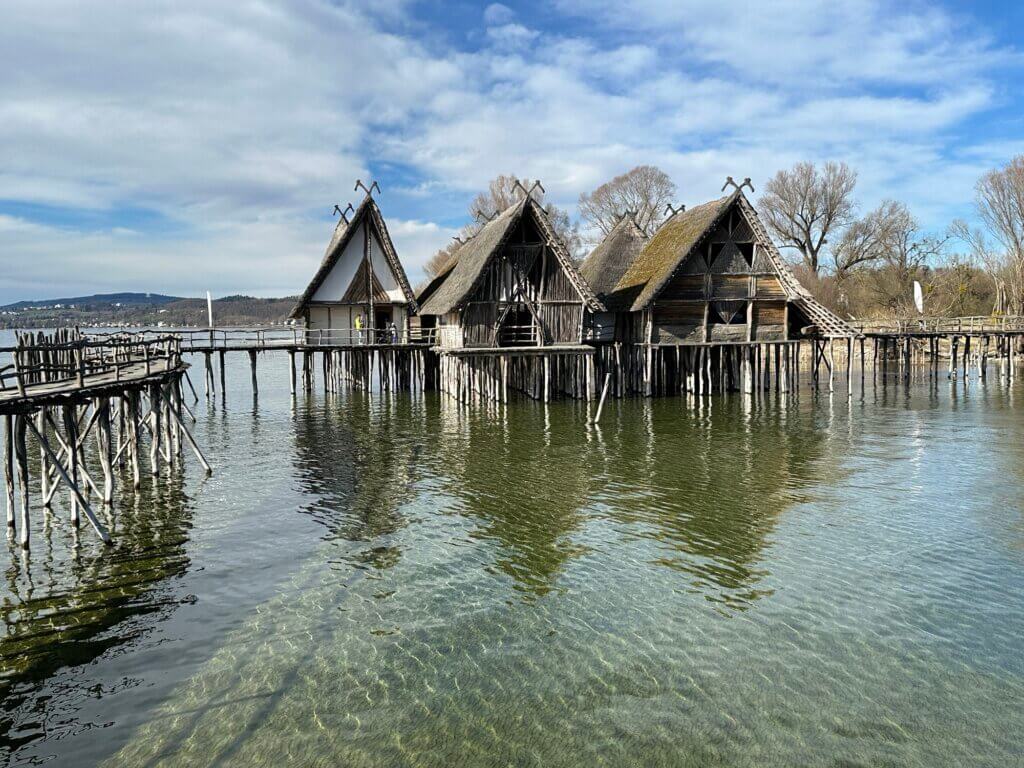
Once you reach the Pfahlbaumuseum at Unteruhldingen you will be astonished: within the Lake Constance and at its shore there are more than twenty different houses standing on wooden poles. You can walk on elevated paths and platforms around them, get inside and experience how life in this region was more than 6,000 years ago. Read more…
- Markgräfliches Opernhaus, Bayreuth
- Bergpark Wilhelmshöhe, Kassel
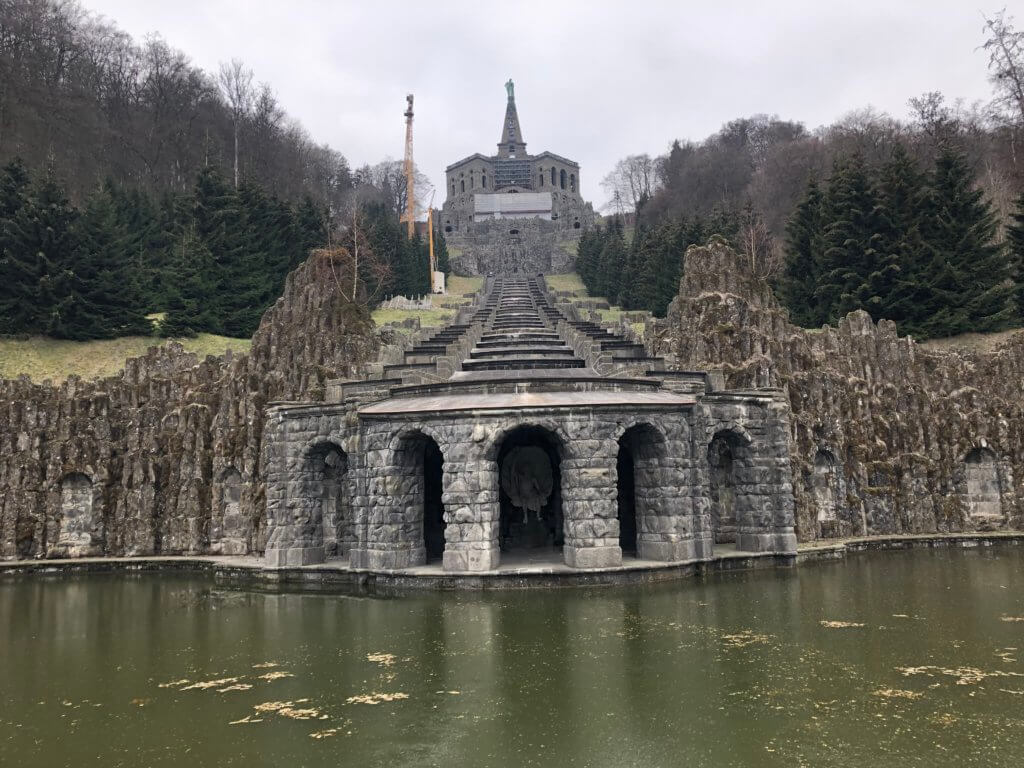
The Bergpark Wilhelmshöhe is a 2.4 square kilometers large vast landscape garden at a mountain belonging to the Habichtswald. It is located at the city quarter Wilhelmshöhe of Kassel, Germany. The Bergpark is designed in the style of an English landscape garden with baroque and neo-classical elements. It is especially famous for its water games that use 200 to 300 years old techniques and work without electricity. Read more…
- Karolingisches Westwerk and Civitas Corvey, Höxter
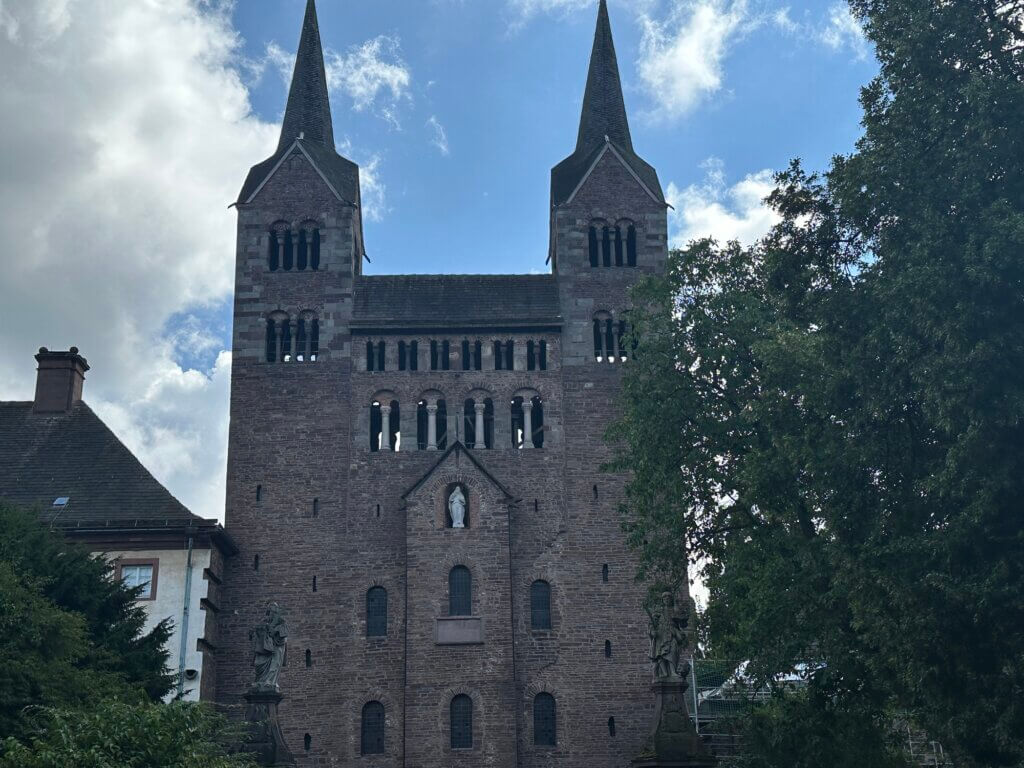
When scrolling through the list of UNESCO World Heritage Sites in Germany you’ll discover the Cloister Corvey near the smalltown Höxter in Germanys North Rhine-Westphalia. In fact it is not the entire cloister that is inscribed on the list, it is only one part of its church (the Westwerk) and something invisible today: the city once surrounding it (the Civitas). Read more…
- Speicherstadt / Kontorhausviertel with Chilehaus, Hamburg
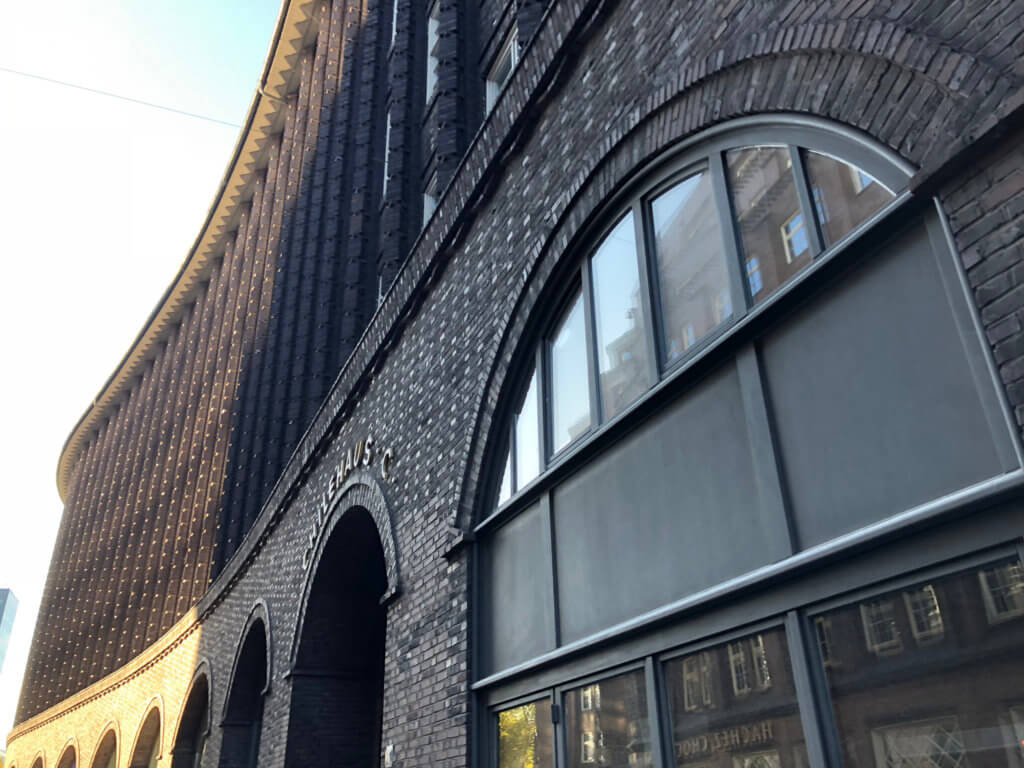
- Architectonical work of Le Corbusier, Stuttgart
- Höhlen und Eiszeitkunst der schwäbischen Alb
- Haithabu / Danewerk, Busdorf, Dannewerk, Ellingstedt
- Dom, Naumburg
- Jewish-Medieval Heritage, Erfurt
- Siedlungen der Herrnhuter Brüdergemeine[sic!], Herrnhut
- Schloss, Schwerin
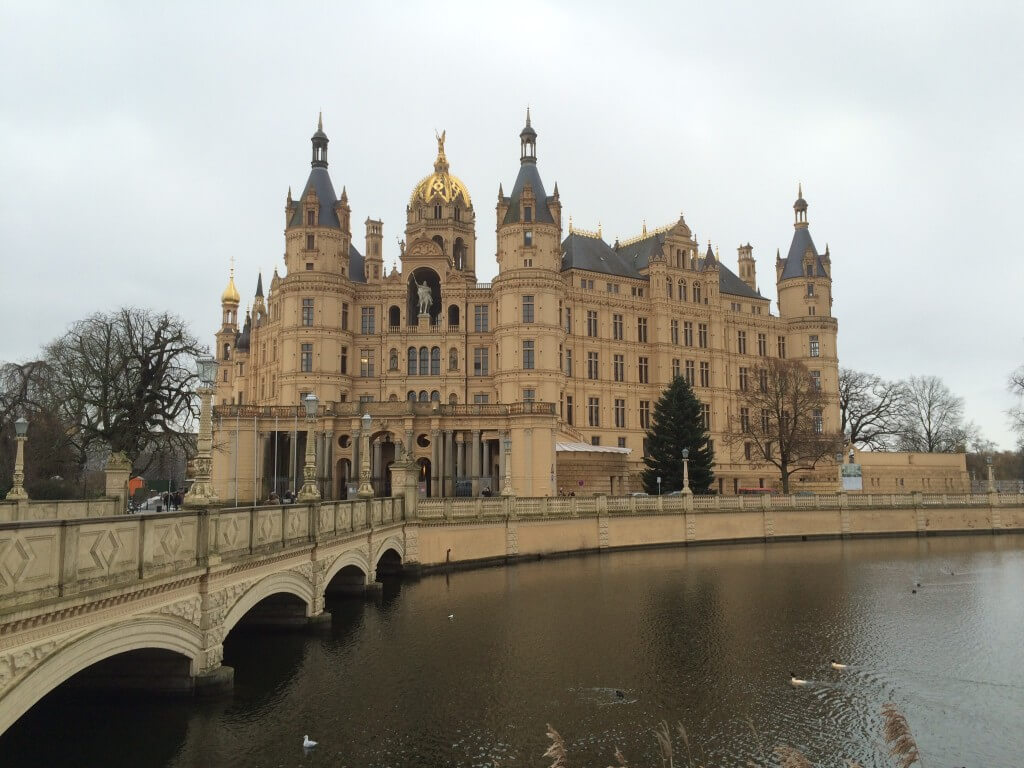
Located on an island within the Schweriner See you’ll find Schwerin Palace, a stronghold from the year 1845. It is a designated World Heritage site and always worth a visit – even if it is only for a walk through the wonderful park. Read more…
World Natural Heritage at Germany
- Oberes Mittelrheintal, Koblenz / Boppard / Sankt Goar / Rüdesheim / Bingen
- Wattenmeer / Wadden Sea
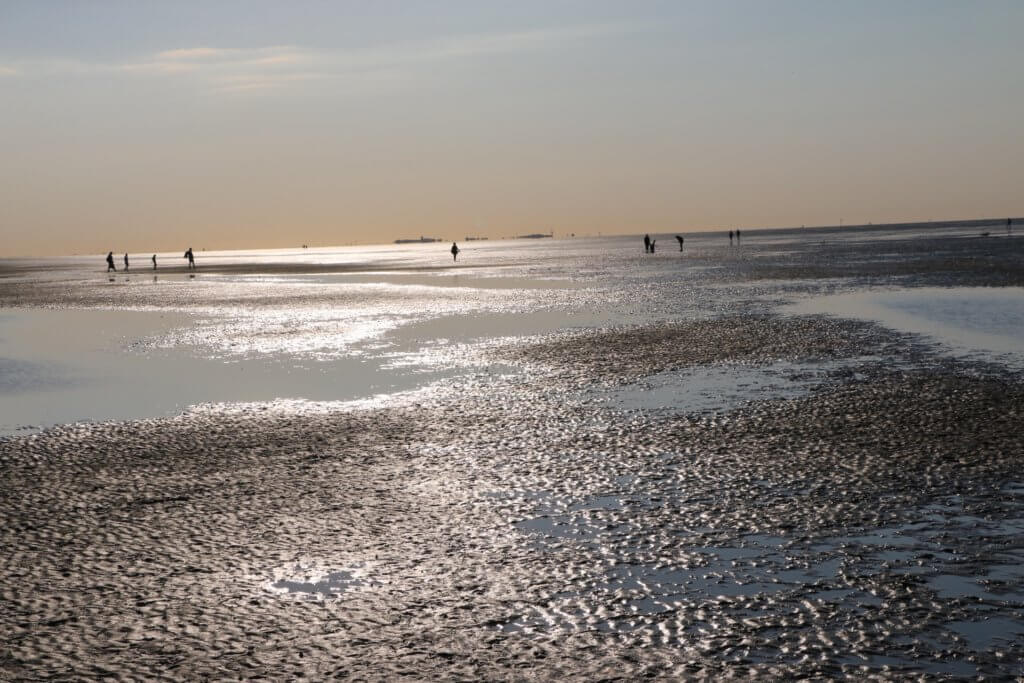
The Wadden Sea (or German “Wattenmeer“) is a 450 kilometers long section of the North Sea in the Netherlands, Germany and Denmark. The fauna in this area is formed by the tides: at low tide you can walk through the Watt which is flooded twice a day. Therefore you have to check the current schedule of the tides – they are shifting every day. Lots of animals live there and are an important source for birds and fishes. Read more…
- Buchenwälder and Buchenurwälder / Beech forests of Europe
At Germany including Grumsiner Forst (Brandenburg), Nationalpark Kellerwald-Edersee (Hesse), Nationalpark Jasmund, Serrahner Buchenwald (Mecklenburg-West Pomerania), Nationalpark Hainich (Thuringia).
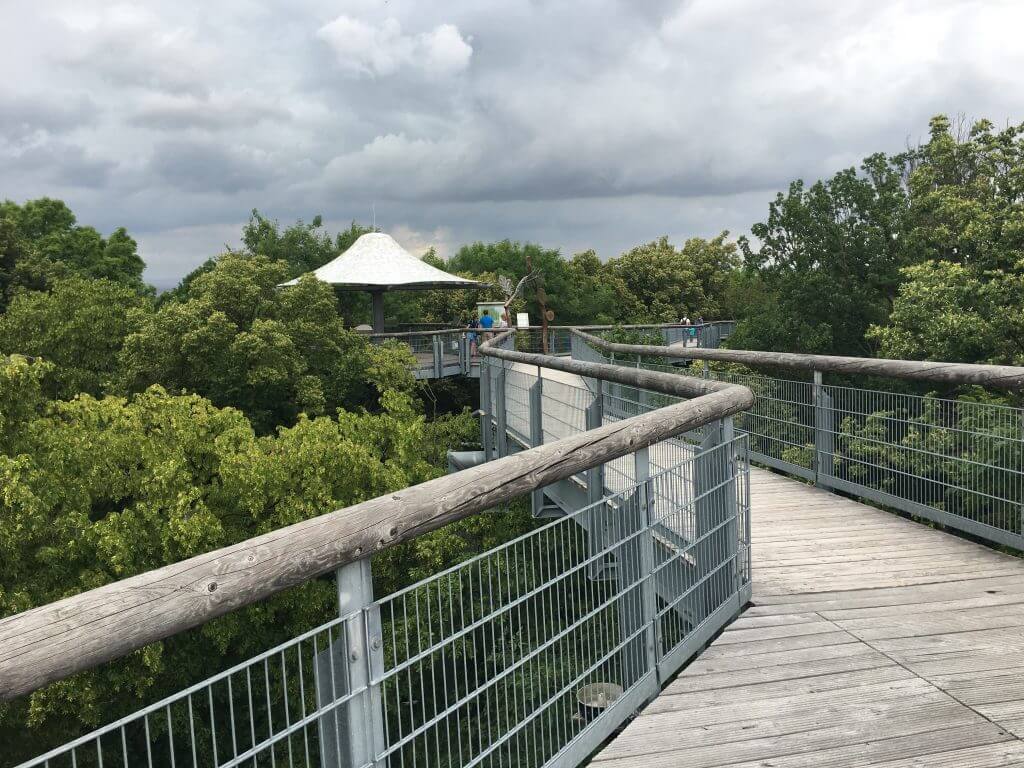
The national park of Hainich in Thüringen, Germany offers old virgin forests. People get there for hiking but it gained another tourist magnet in 2005: A high metal path leading through the treetops. Two tracks with a length of 250 meters each are situated in the top and above the trees. Read more…
- Künstlerkolonie Mathildenhöhe, Darmstadt
- Donaulimes
- Niedergermanischer Limes
- Jewish cultural heritage; SchUM cities, Speyer, Worms, Mainz
- Important baths of the 19th century, Baden-Baden, Bad Kissingen, Bad Ems
Former World Heritage at Germany
- Dresdner Elbtal, Dresden.
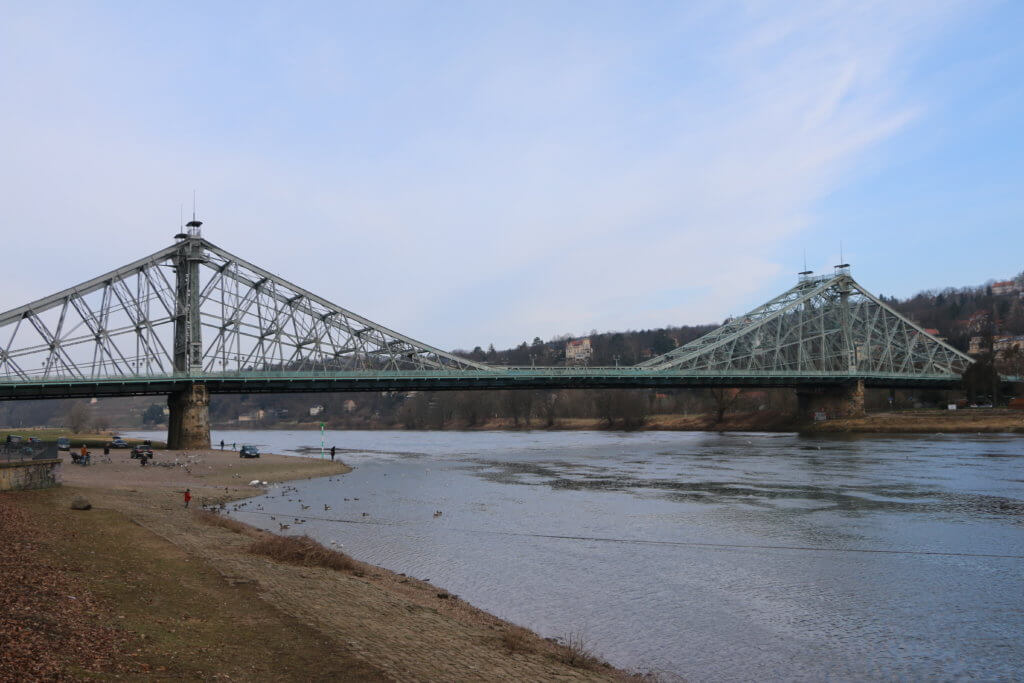
After the Waldschlösschenbrücke – a bridge – was built, the character of the valley changed too much.
Proposed World Heritage at Germany
- Franckesche Stiftungen, Halle
- Montanregion Erzgebirge / Krušnohoří
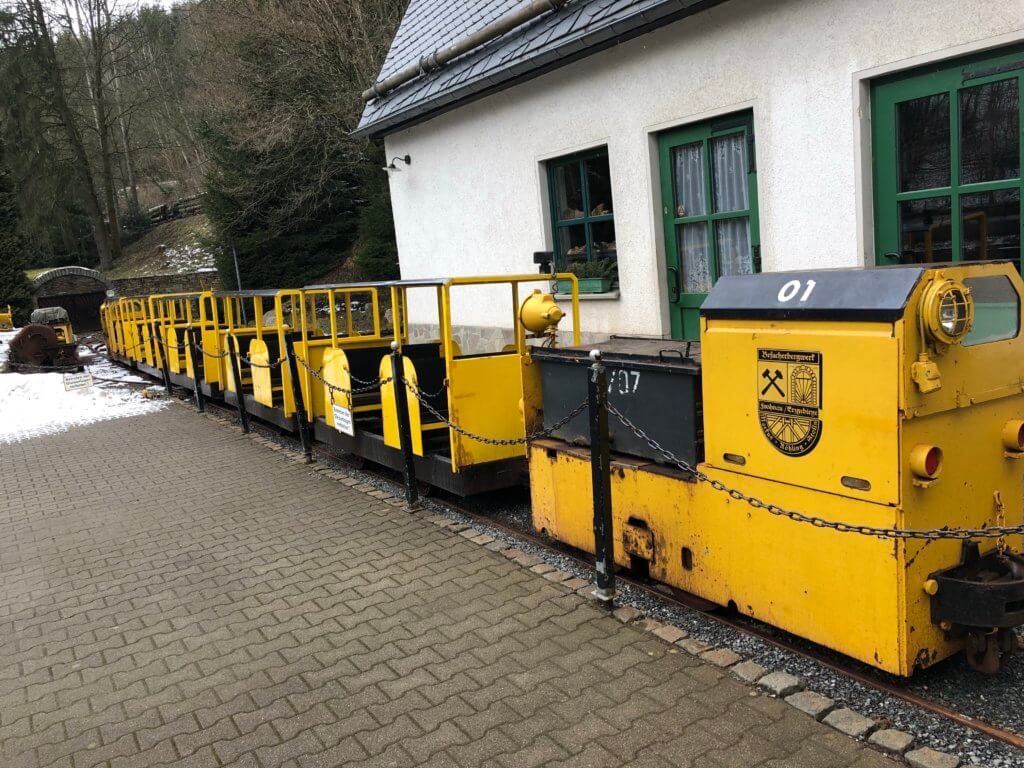
- Jewish cemetery, Hamburg-Harburg
- Alpine and pre-alpine moor and meadow landscapes, Garmisch-Partenkirchen
- Schlösser Neuschwanstein, Linderhof, Herrenchiemsee
- Water management system, Augsburg
- Lutherstätten Eisleben, Wittenberg
Formerly proposed World Heritage
- Abtei Weingarten, Weingarten
- AEG-Turbinenfabrik; Gendarmenmarkt; Philharmonie;
Unter den Linden; Wasserwerk Friedrichshagen; Schloss Nymphenburg; Zitadelle Spandau, Berlin
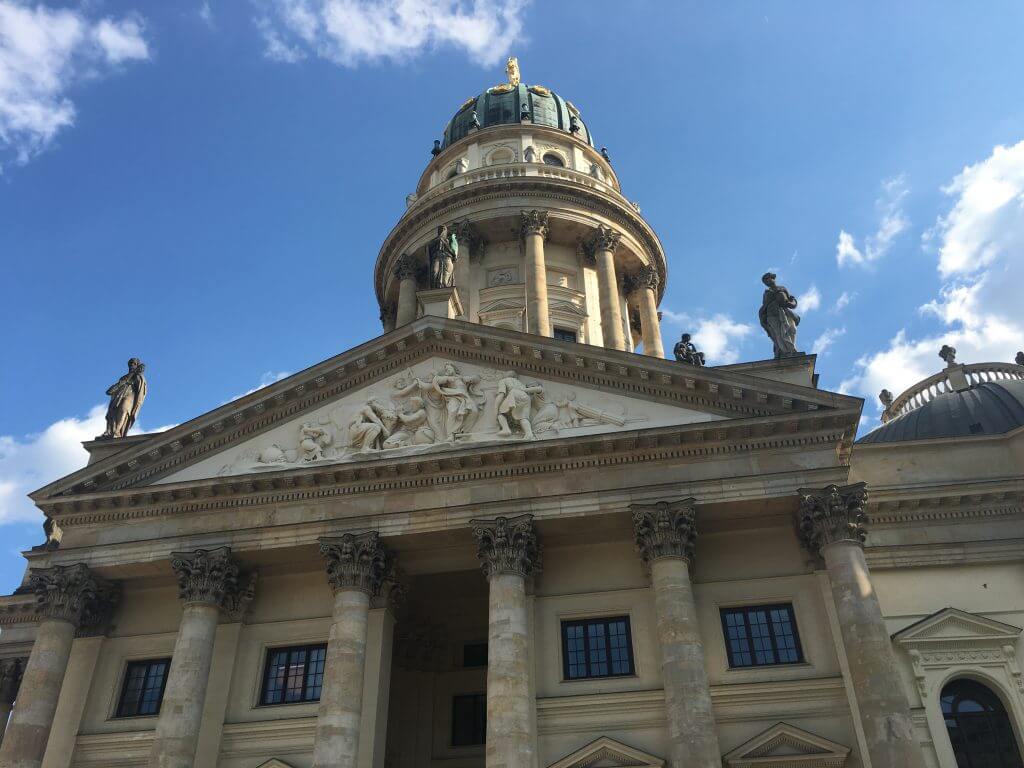
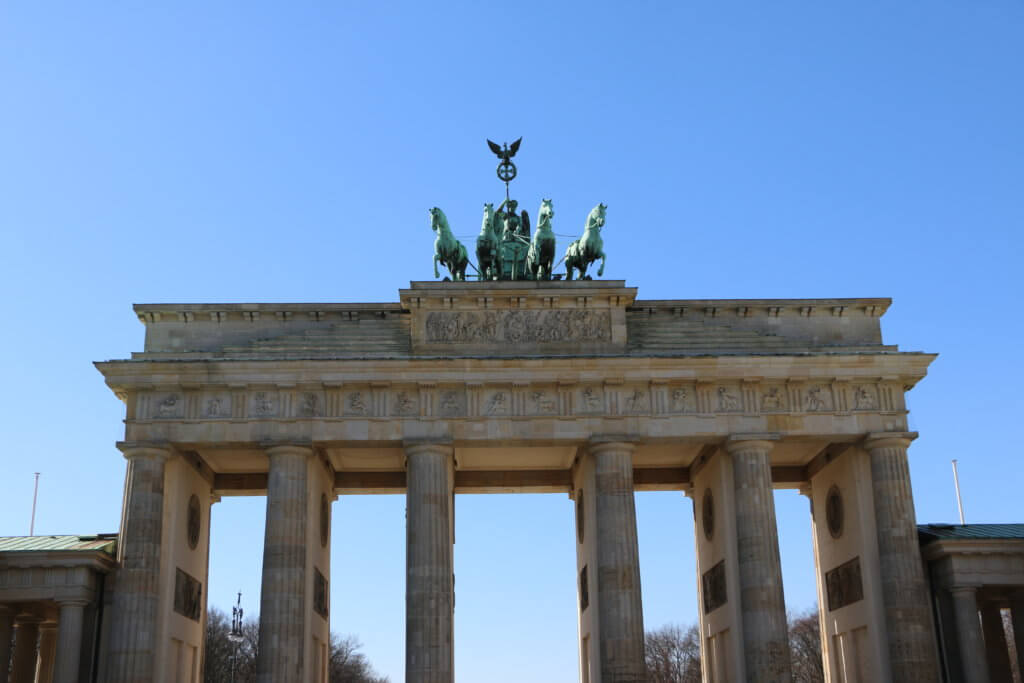
- Artland landscape, Artland
- Barockgarten Großsedlitz, Heidenau
- Braunschweiger Löwe, Braunschweig
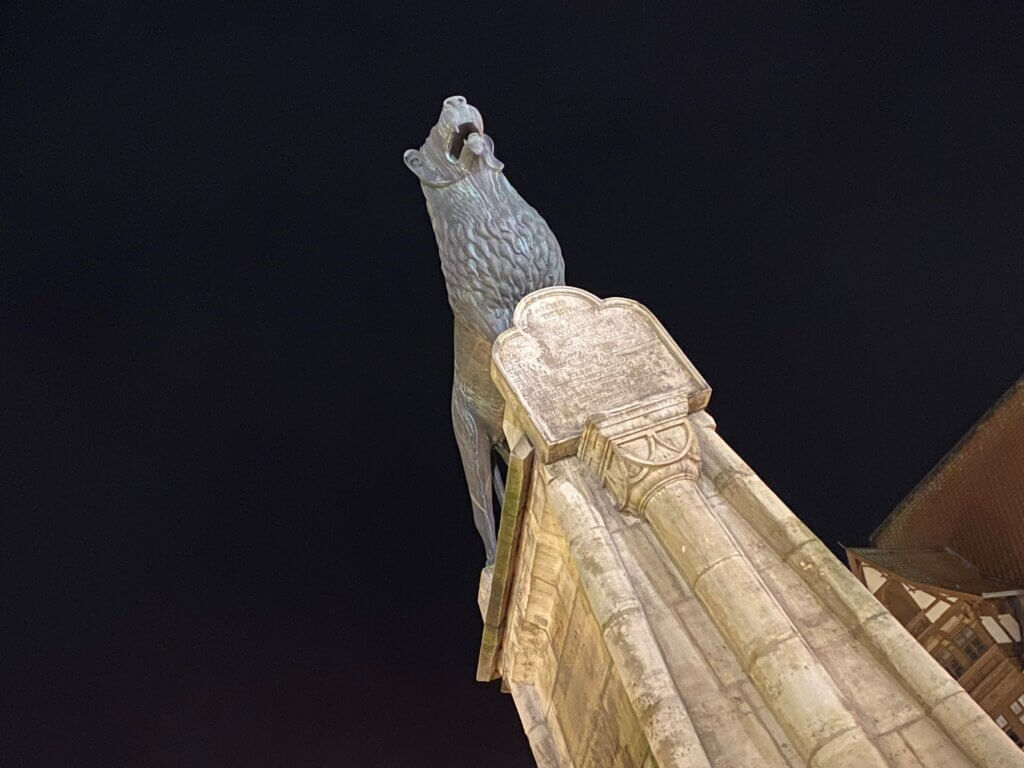
- Bundesfestung, Ulm
- Burg Eltz, Wierschern
- Burg Münzenberg, Münzenberg
- Concentration camp Buchenwald, Weimar
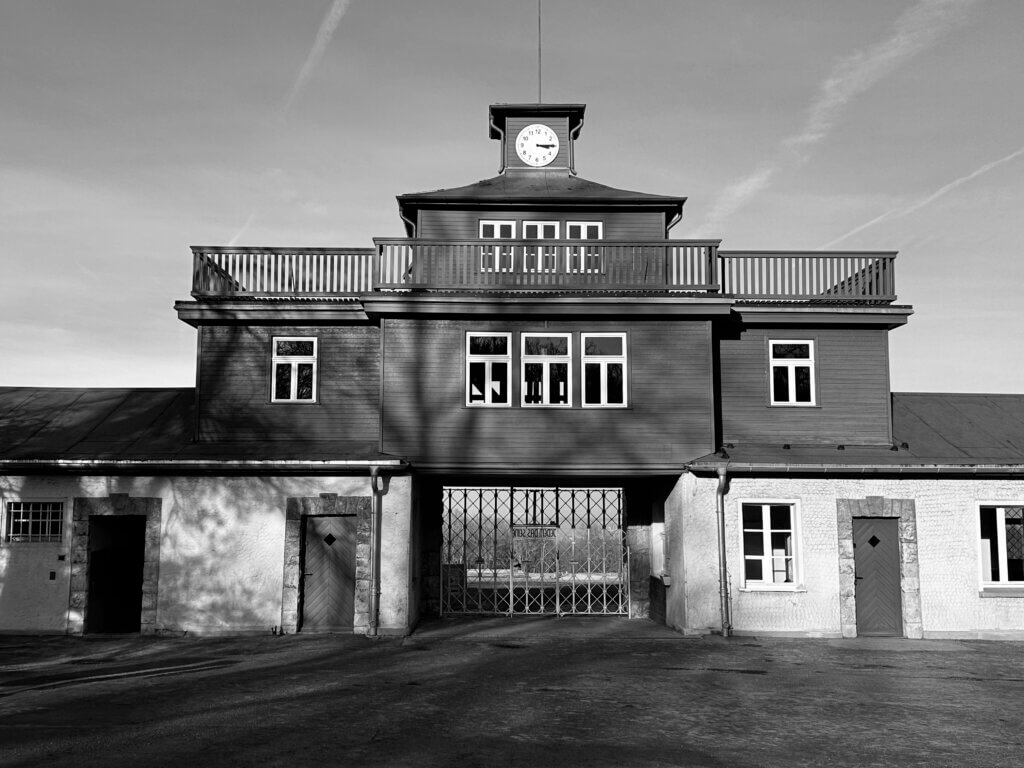
German fascism created an extensive network of concentration camps, extinction camps and forced labor sites. Jewish citizens, political opponents, prisoners of war, homosexuals, disabled persons, Sinti and Romani people suffered and died because of the ideology of the German Nazi party supported by the German people. The three major concentration camps on German soil are Dachau (close to München), Sachsenhausen (close to Berlin) and Buchenwald on the Ettersberg mountain close to Weimar. Read more…
- Damenstiftskirche, Dernrode
- Dom / Albrechtsburg, Meißen
- Dom, Erfurt

The cathedral of Erfurt, Germany is a huge catholic church located on a hill in the center of the city. Next to it the Severinskirche can be found. It is said that the building dates back to the year 725 CE. During the many years different changes have been applied to the building, mostly gothic style elements have been added. Read more…
- Dom, Halberstadt
- Dom, Magdeburg
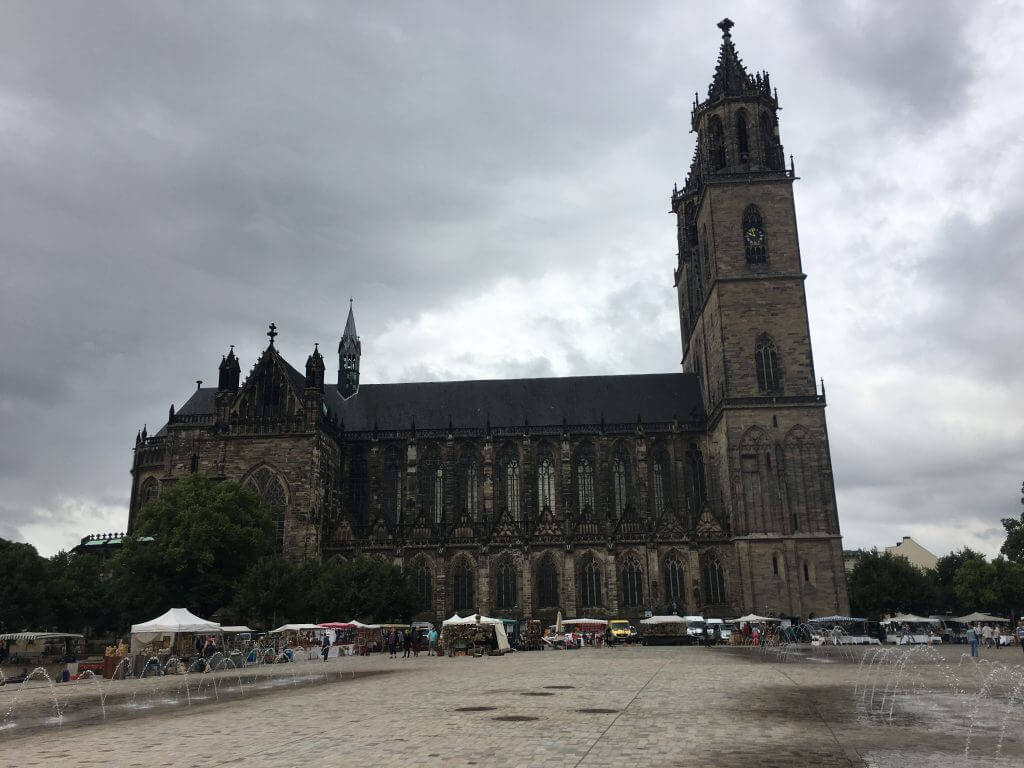
The Magdeburger Dom is the gothic-style cathedral of Magdeburg, Germany. It has been built from the year 1207 on and was sanctified in 1363. It is a protestant church located in the city center close to the Grüne Zitadelle and can be seen from all over the town. It is the most important landmark of the town. Read more…
- Dom, Worms
- Donautal, Regensburg / Weltenburg
- Elisabethkirche, Marburg
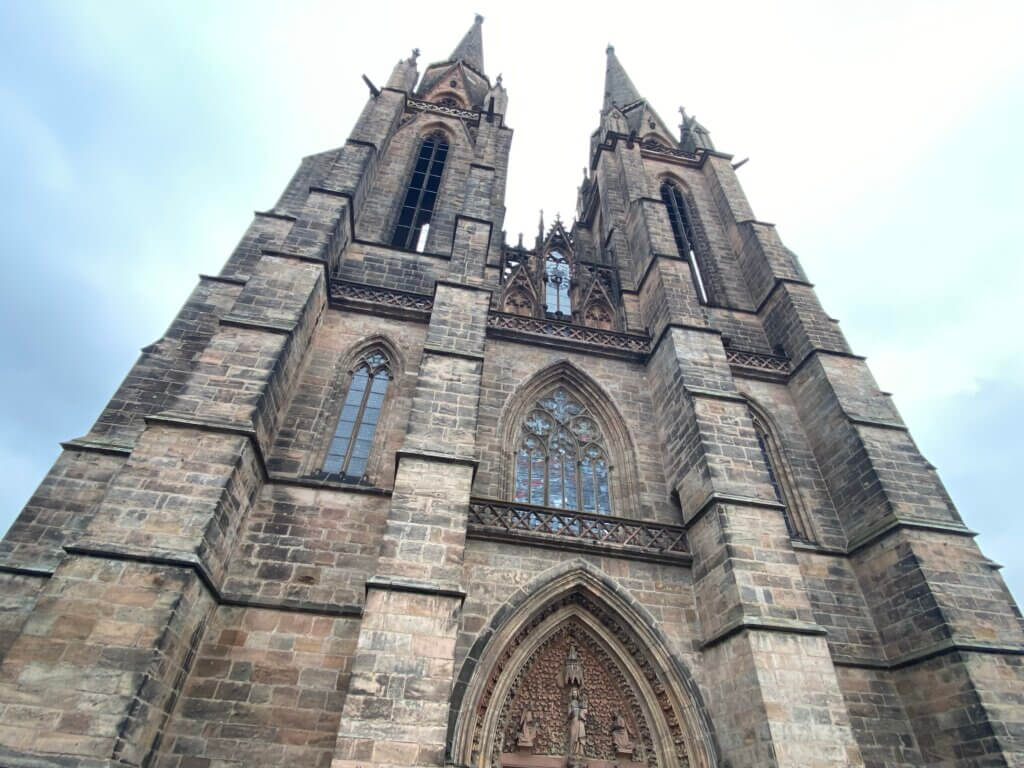
The Elisabethkirche of Marburg an der Lahn, Germany is a special one: it is the oldest purely gothic-style church in Germany. Isn’t that a reason to get to this small university town in the middle between Frankfurt am Main and Kassel? Read more…
- Externsteine, Horn-Bad Meinberg
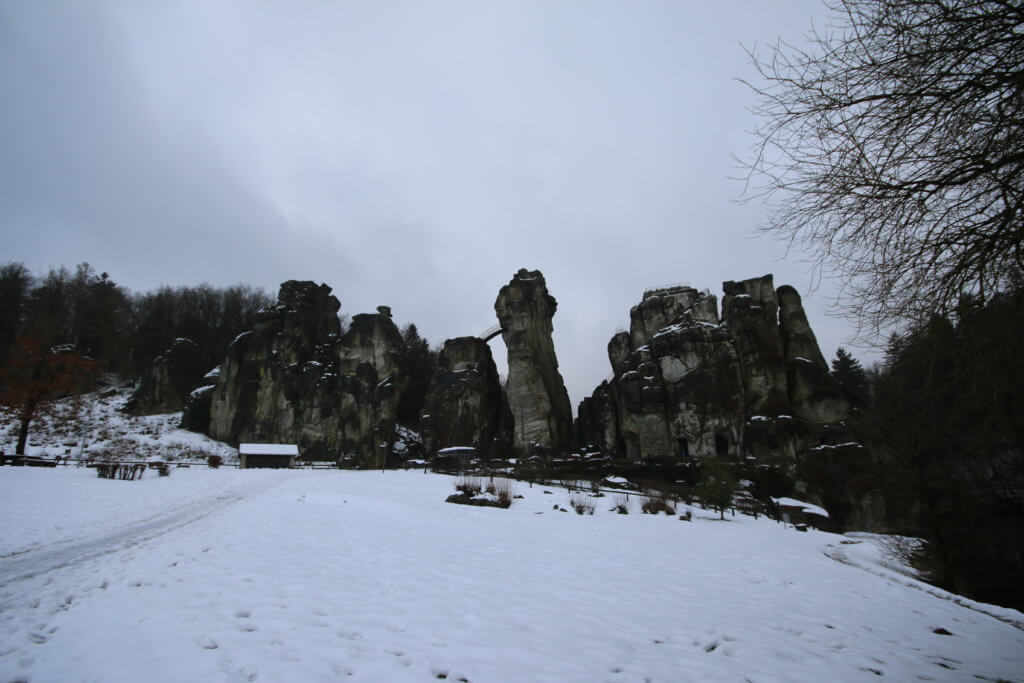
The Externsteine near Horn-Bad Meinberg, Germany are outstanding sandstone rocks near a lake and surrounded by forest. They were once one rock but over the centuries water has washed out the weaker materials. In all times this rock formation has attracted the people and many myths exist. Read more…
- Festspielhaus, Bayreuth
- Festung, Jülich
- Festung, Königstein
- Fürstenberg, Ravensbrück
- Gärten / Landgüter (incl. Schloss Wilhelmsthal), Kassel
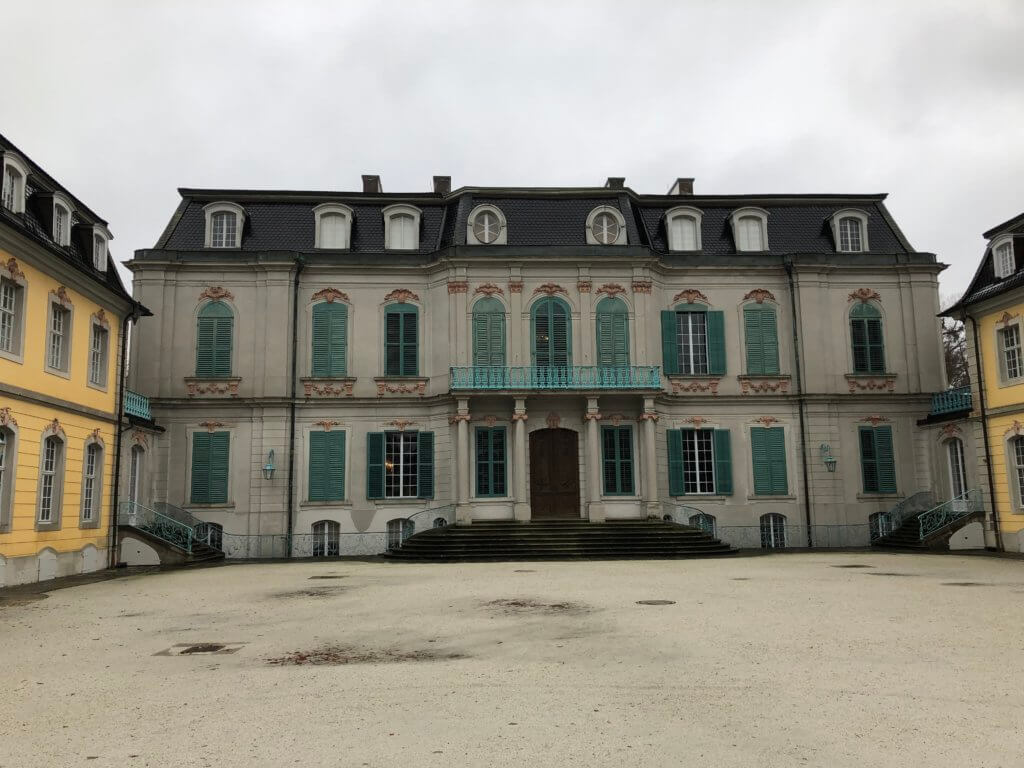
Close to Calden, Germany you can find the rococo-style castle Wilhelmsthal within the Schloßpark Wilhelmsthal. It completes the historical triumvirate of castles and landscape gardens of the Kassel region – formed together with the Bergpark Wilhelmshöhe and the Staatspark Karlsaueat Kassel. Therefore this castle and park is also maintained and preserved by the Museumslandschaft Hessen Kassel (mhk). It is a nice place and always good for a relaxed walk through the fields and the forest. Read more…
- Paulskirche; Goethe-Haus, Frankfurt
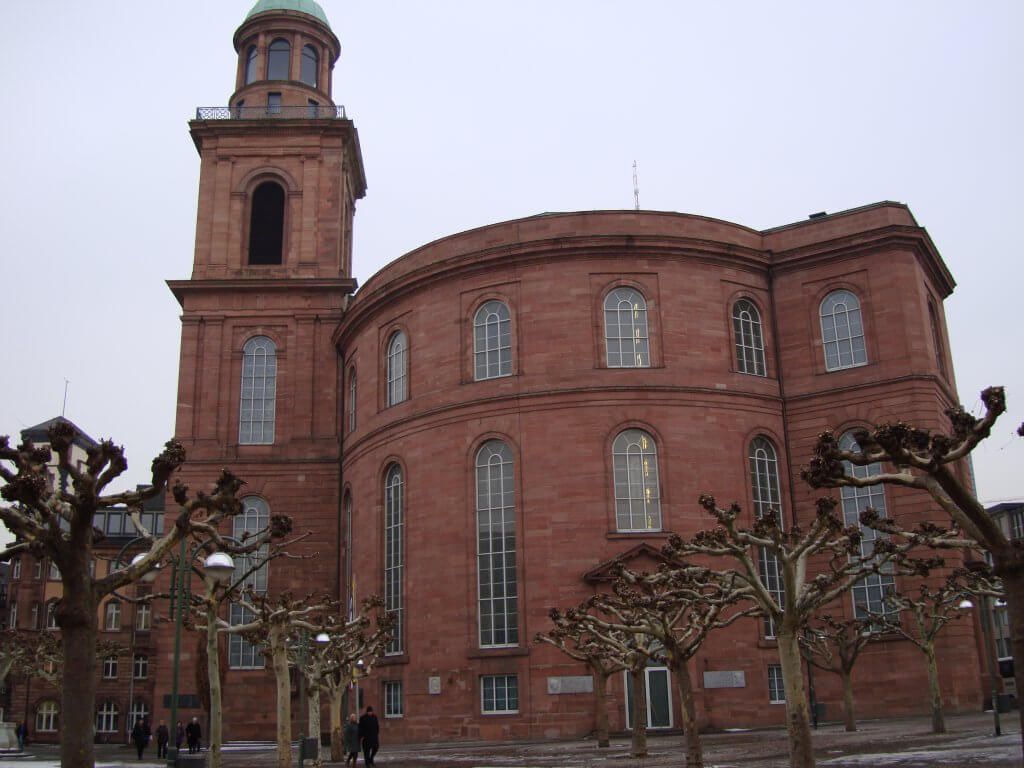
The Paulskirche in Frankfurt, Germany is a church building used for meetings and exhibitions, it is located close to the Römerberg. It was built from 1789 on and was used as a Protestant church. Read more…
- Gölzschtalbrücke, Netzschkau
- City, Görlitz
- Hölderlinturm, Tübingen
- Kaiserpfalz, Gelnhausen
- Kloster, Ottobeuren
- Königsplatz; Ludwigstraße, München
- Ludwigsplatz, Saarbrücken
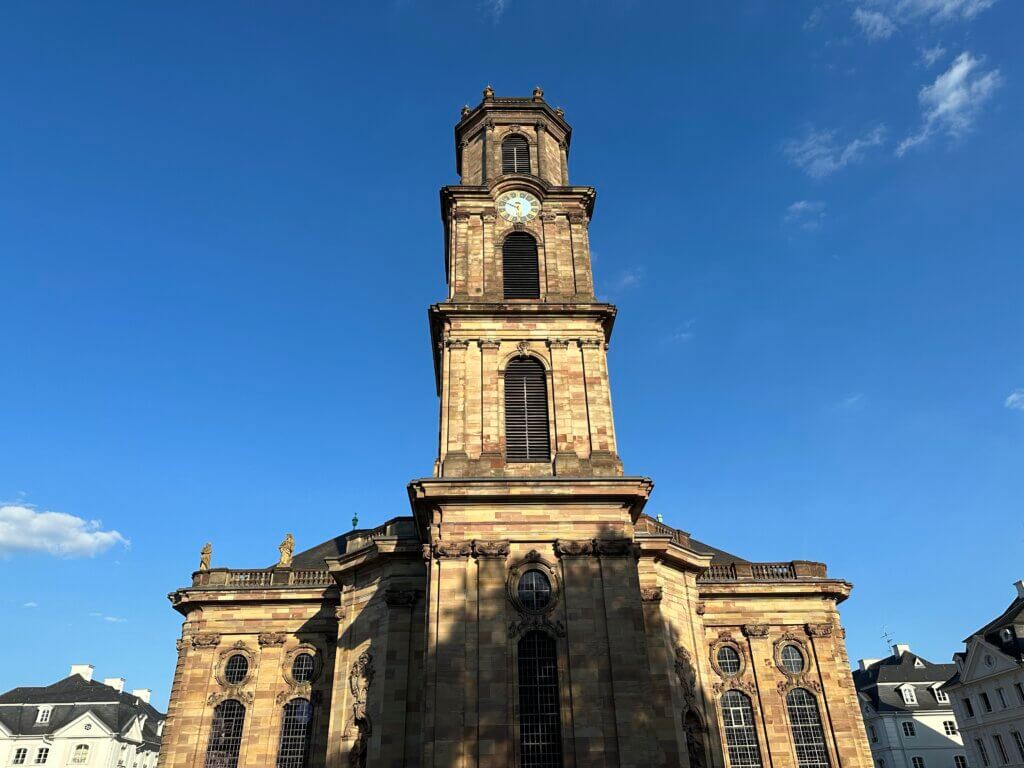
The most iconic building at Saarbrücken is the protestant Ludwigskirche in the old part of the city (Alt-Saarbrücken). It was built from 1762 on and is today one of the most important Baroque-style churches in Germany, together with Sankt Michaelis at Hamburg and the Frauenkirche at Dresden. The church is named after Louis, the Prince of Nassau-Saarbrücken, who finished the building. It was destroyed in 1944 by British bombers and restoration works lasted until 2009; but still some statues once standing on the roof are missing. Read more…
- Maintal, between Banz and Vierzehnheiligen
- Maria Laach, Glees/Mendig
- Marienkirche, Prenzlau
- Maximilianstrasse; Zeughaus, Augsburg
- City, Mühlhausen
- Münster, Bad Doberan
- Münster, Freiburg
- Oberspreewald, Lübben
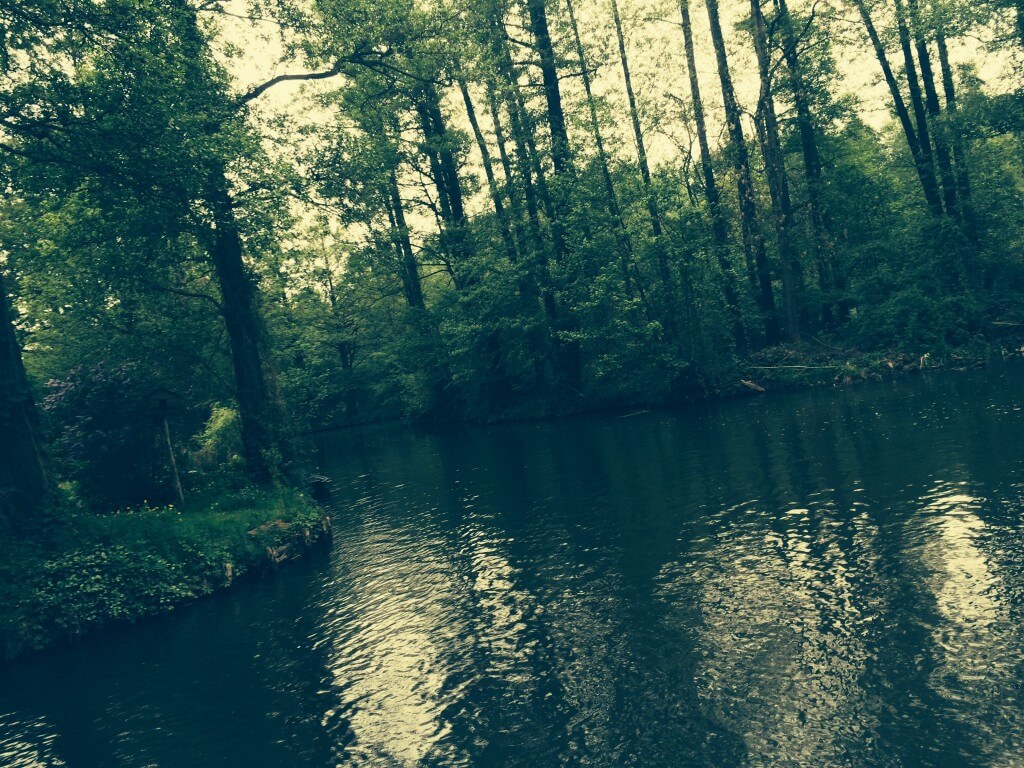
The Spreewald in Germany is a very special place. One you normally only visit to get a canoe to travel on the long and branched river network. Or to cross the area by bike. But some people even come here for a specialty that was once imported from the Netherlands: sour pickles. Read more…
- Old city center, Landshut
- Old city center, Passau
- Römische Villa von Nenning, Perl
- Rothenburg, Nördlingen, Dinkelsbühl
- Schloss and Altstadt, Heidelberg
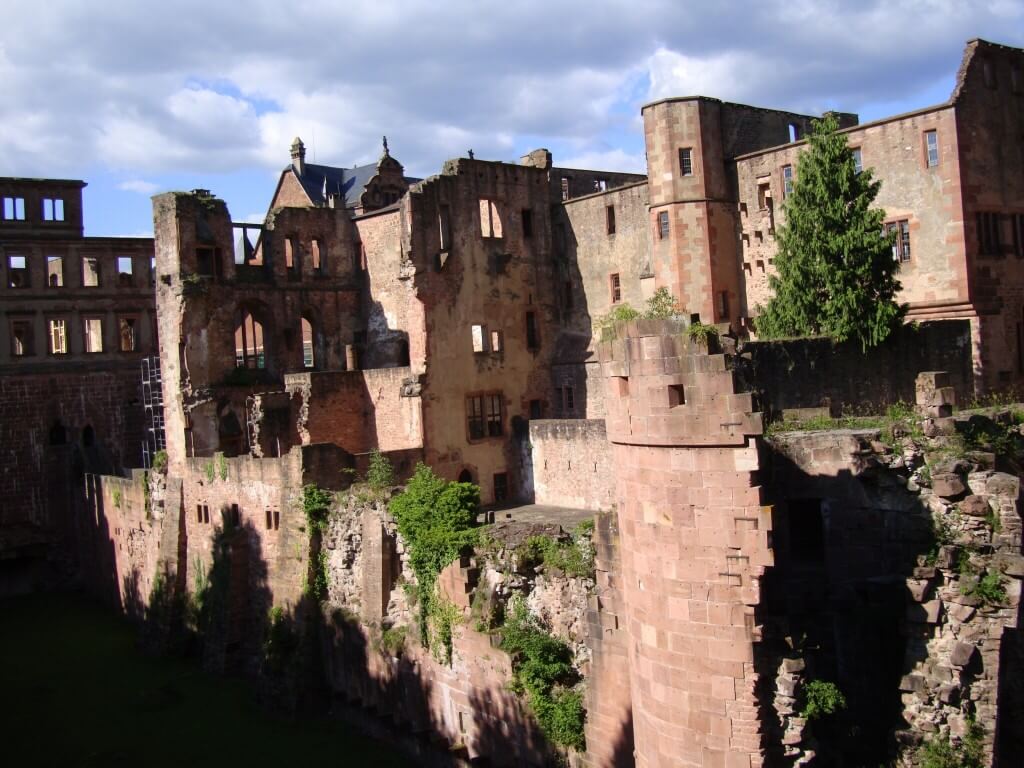
The castle of Heidelberg, Germany is well known to the world – because of its beauty and because of the big amount of US soldiers stationed in nearby Ramstein that visited it. It is first mentioned in 1225 and was until 1697 seat of the Palatine prince-electors. Today it is a wonderful ruin in Renaissance style made of red freestone. Read more…
- Schloss Weißenstein, Pommersfelden
- Schlossgarten, Schwetzingen
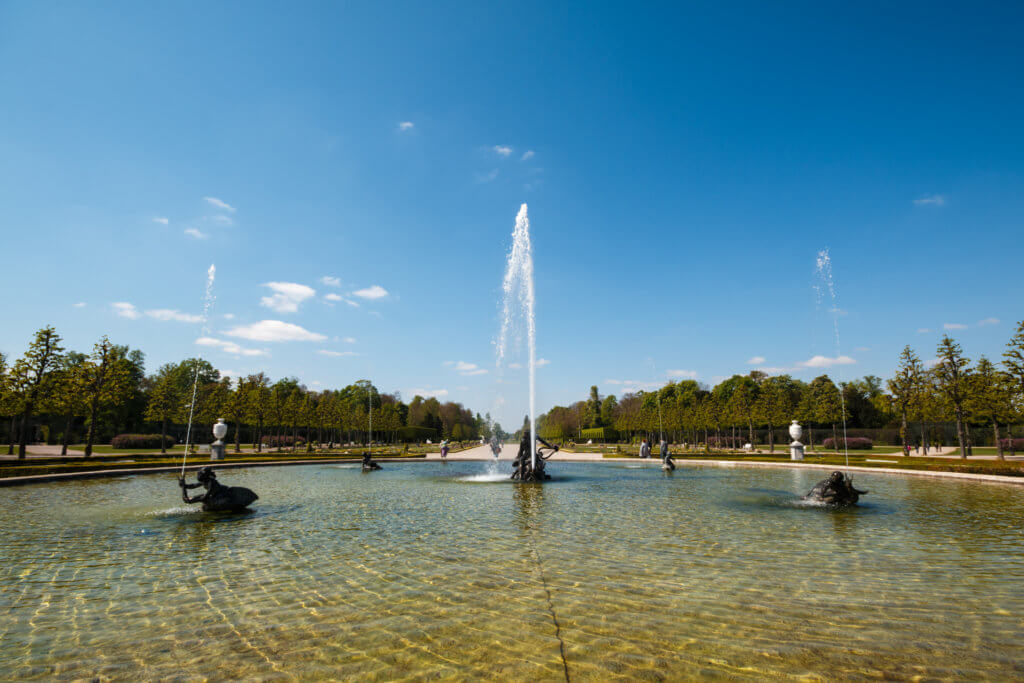
The castle in Schwetzingen, Germany is a wonderful destination for a day trip. It was a summer residence of the electors of Palatine and it is especially famous for the castle gardens created in the 18th century. The first note about the castle dates back to the year 1350. Read more…
- Stiftskirche, Jerichow
- Tobiashammer, Ohrdruf
- Town hall, Lüneburg
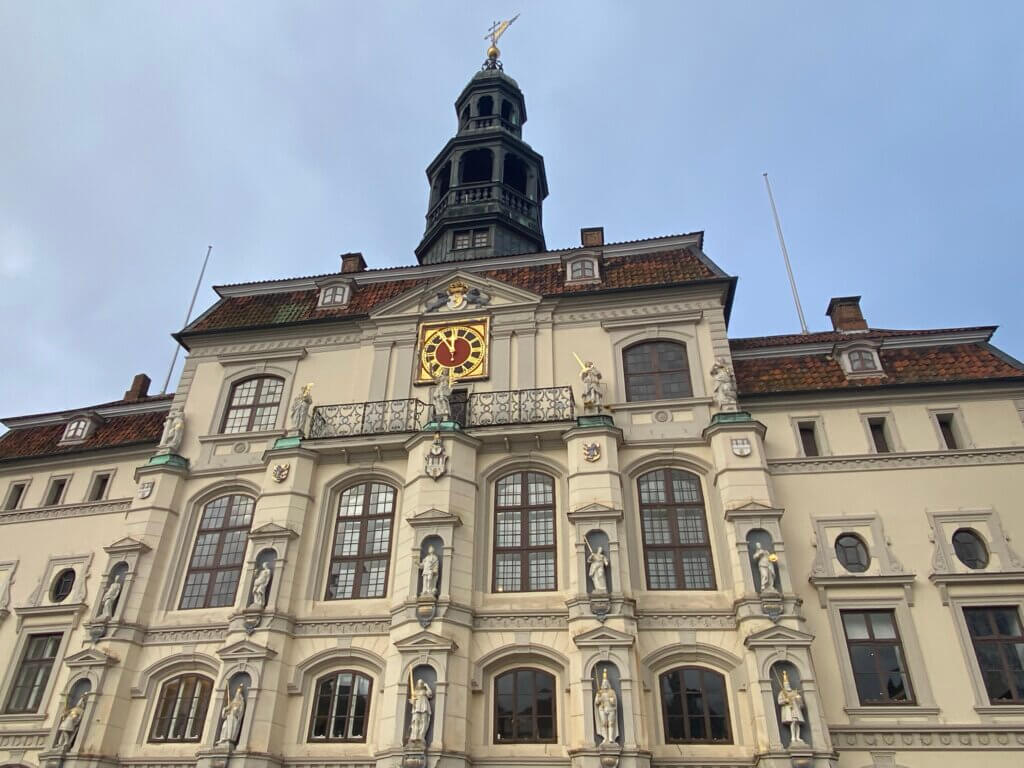
- Walhalla, Donaustauf near Regensburg
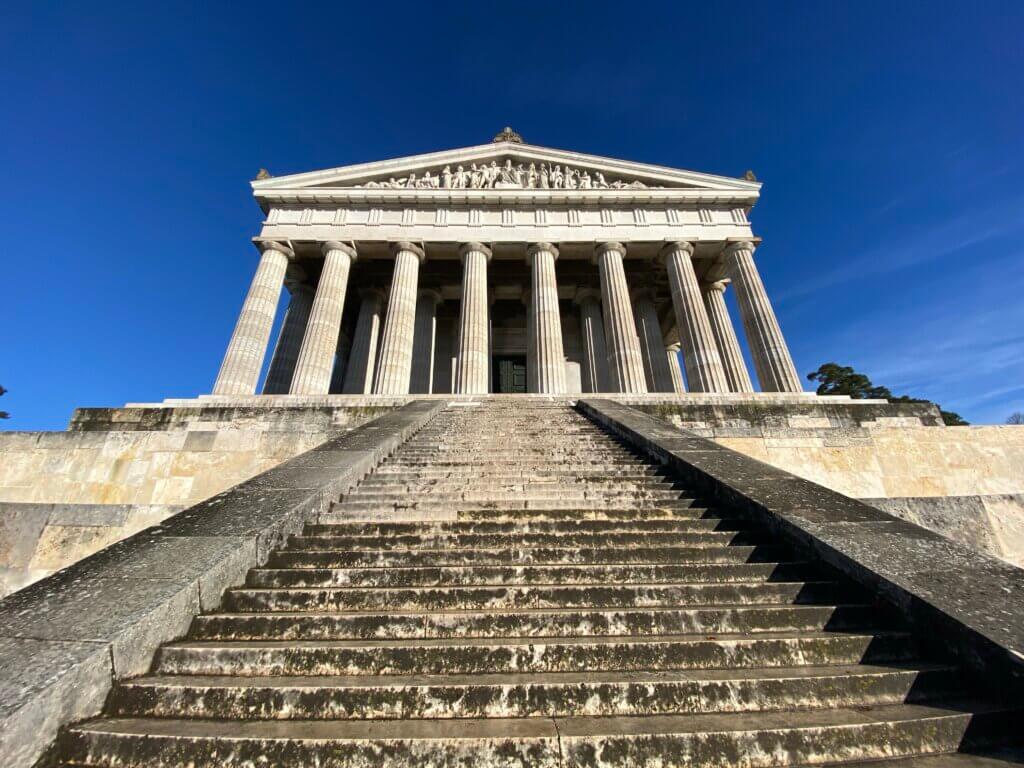
When the Holy Roman Empire broke apart in 1806 the people in todays Germany were trying to define their identity. Who is German? What does it mean to be a German? The idea of these times was that everyone who is speaking the German language shall be defined as a German. Read more…
- City, Wittenberg
- City, Wolfenbüttel
UNESCO World Heritage sites I’ve visited:
Loading map...

